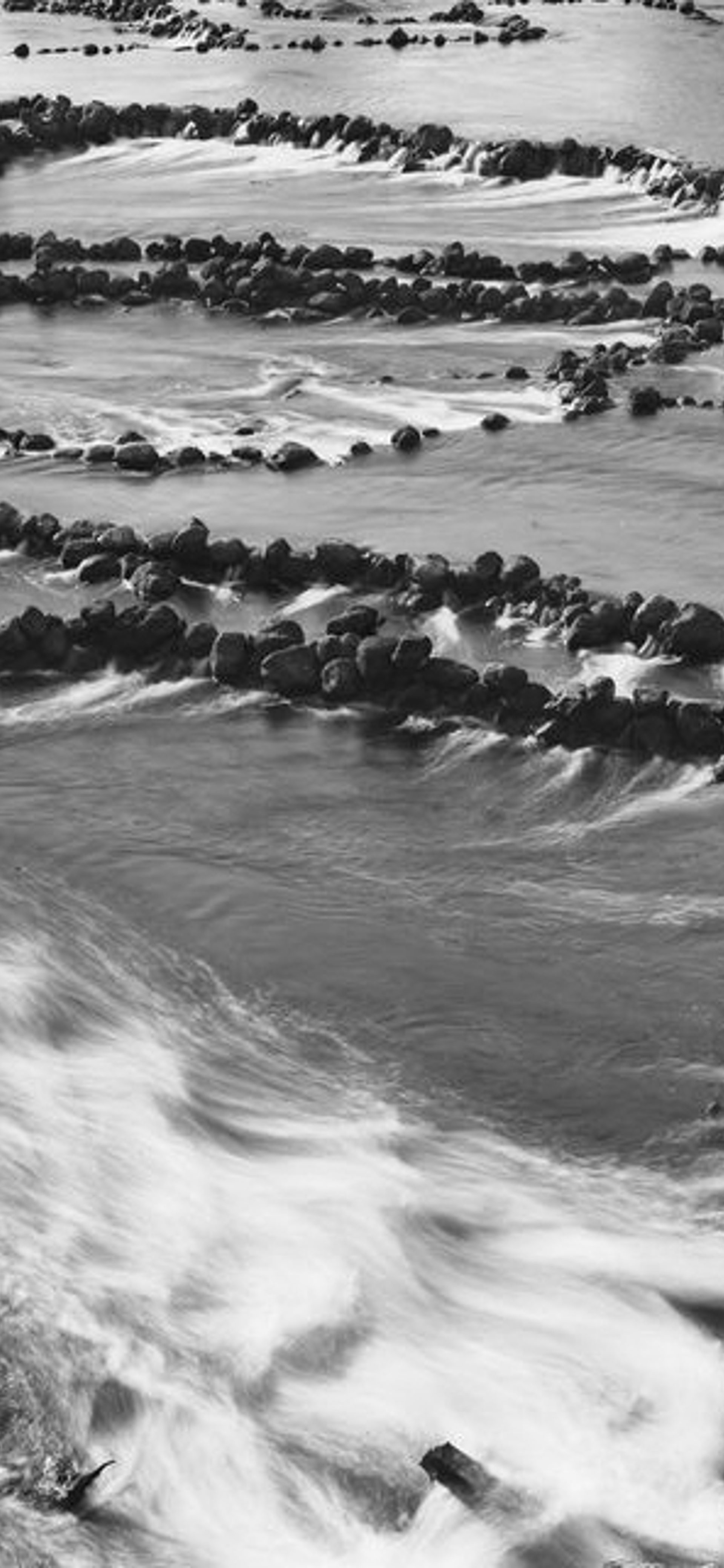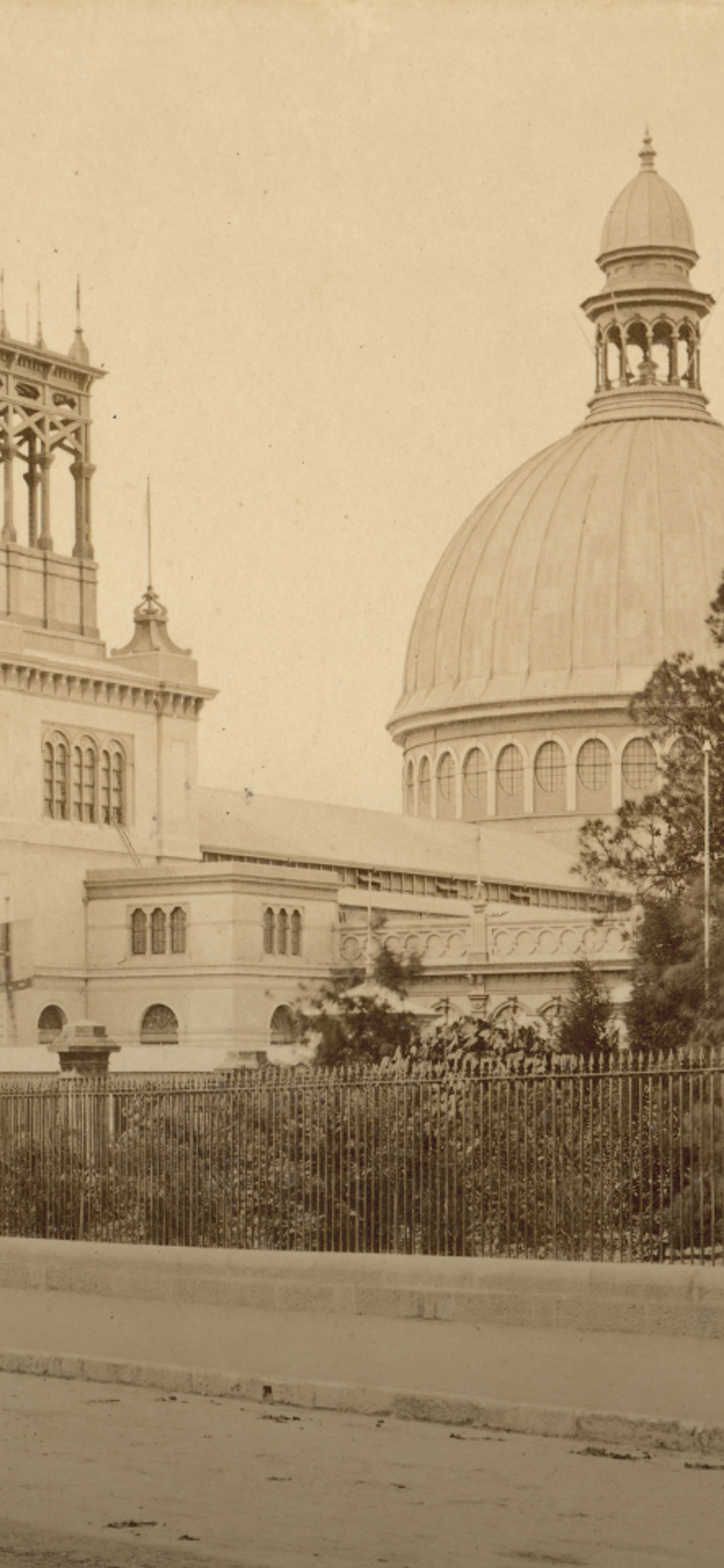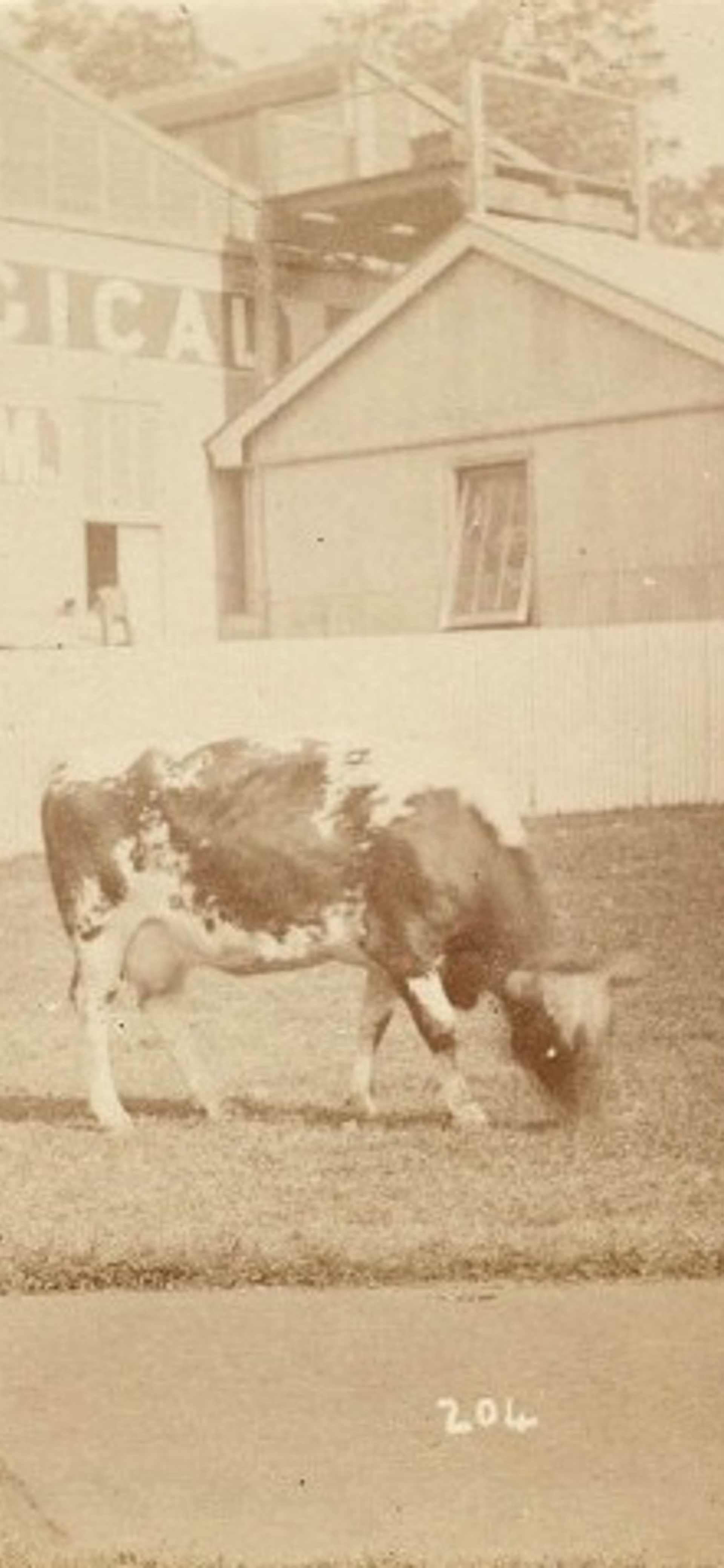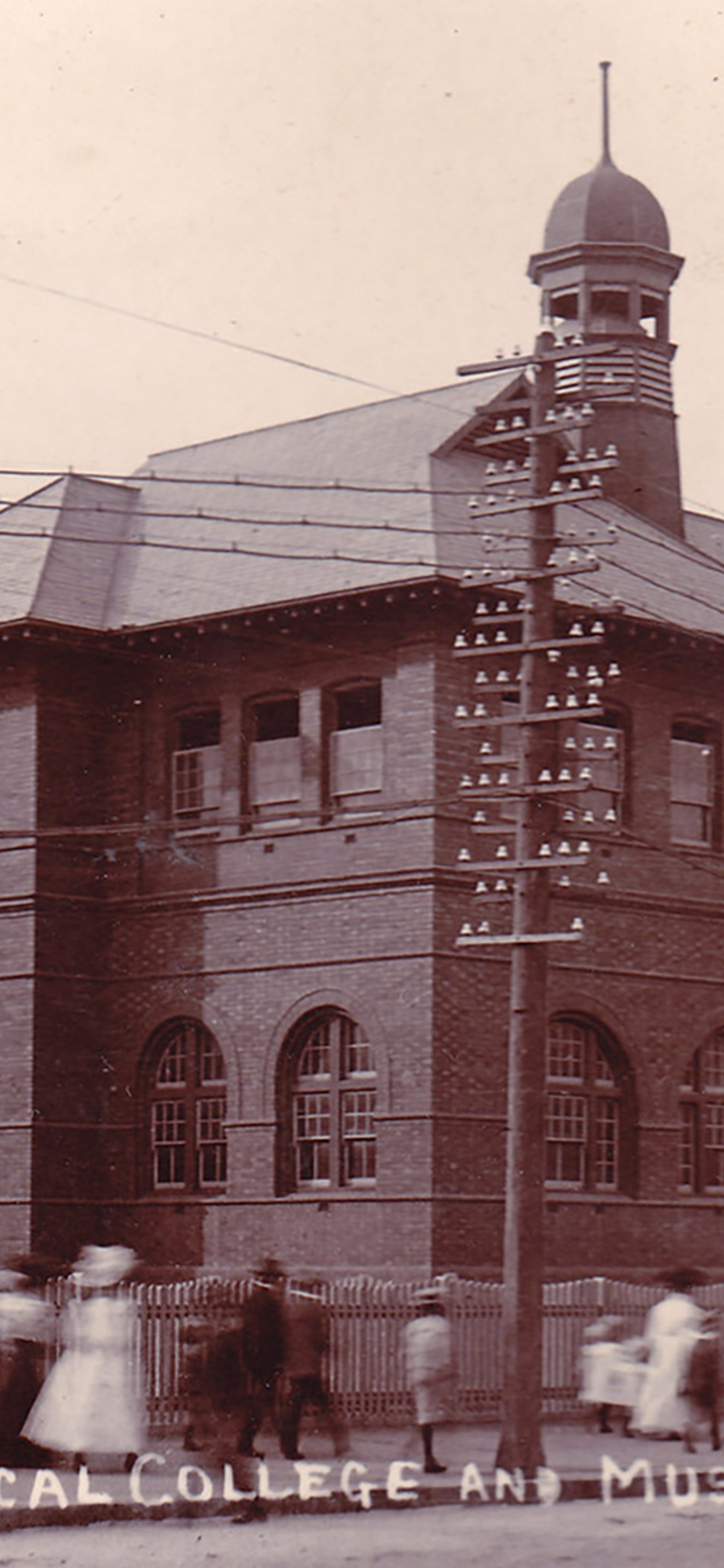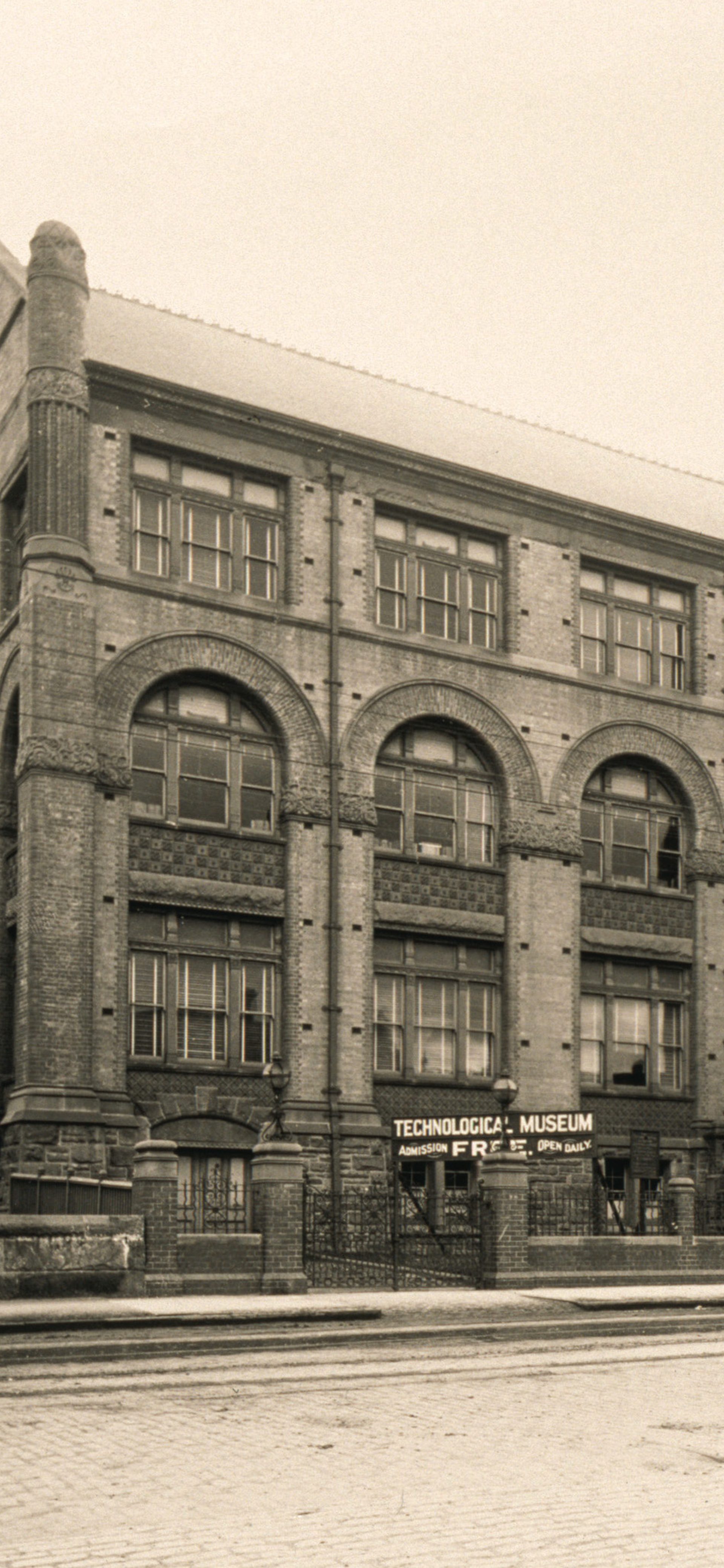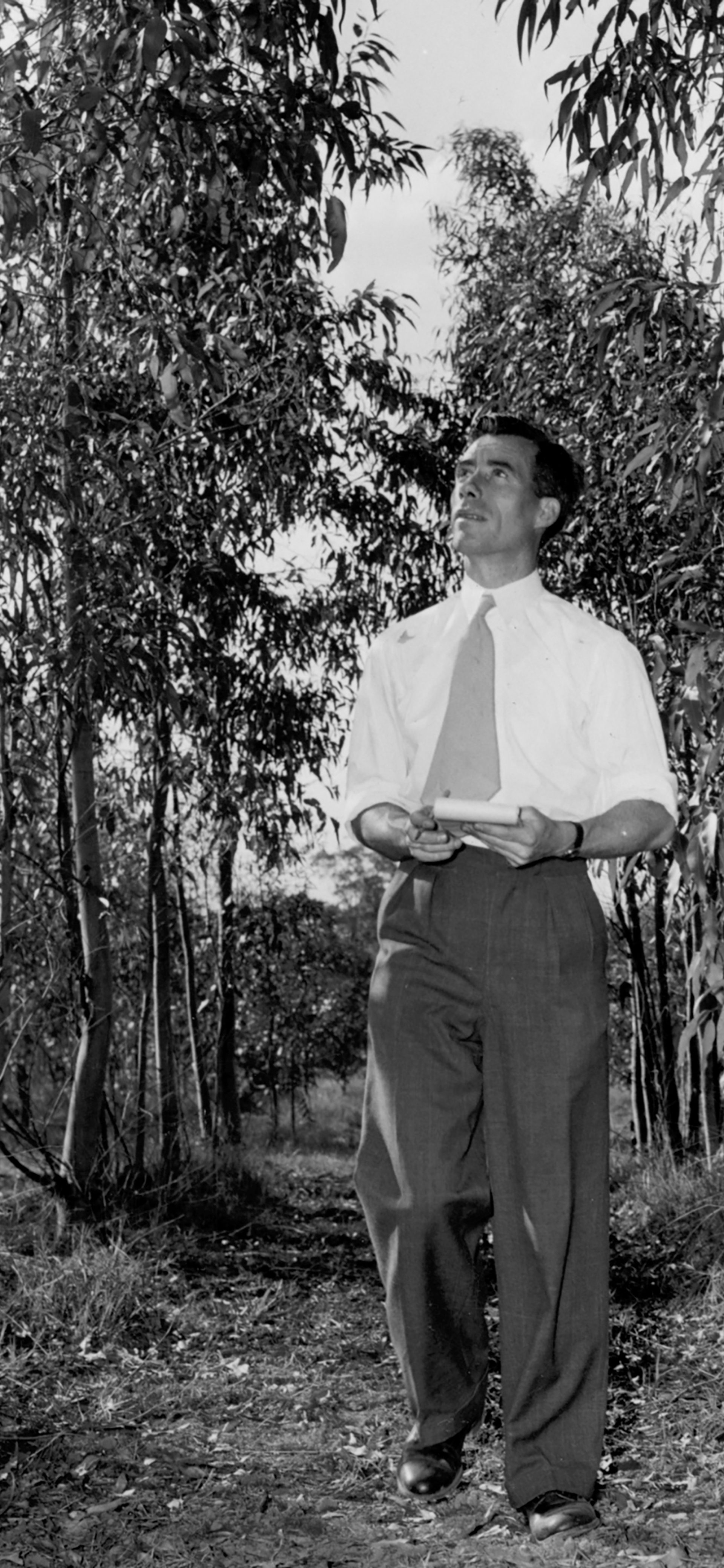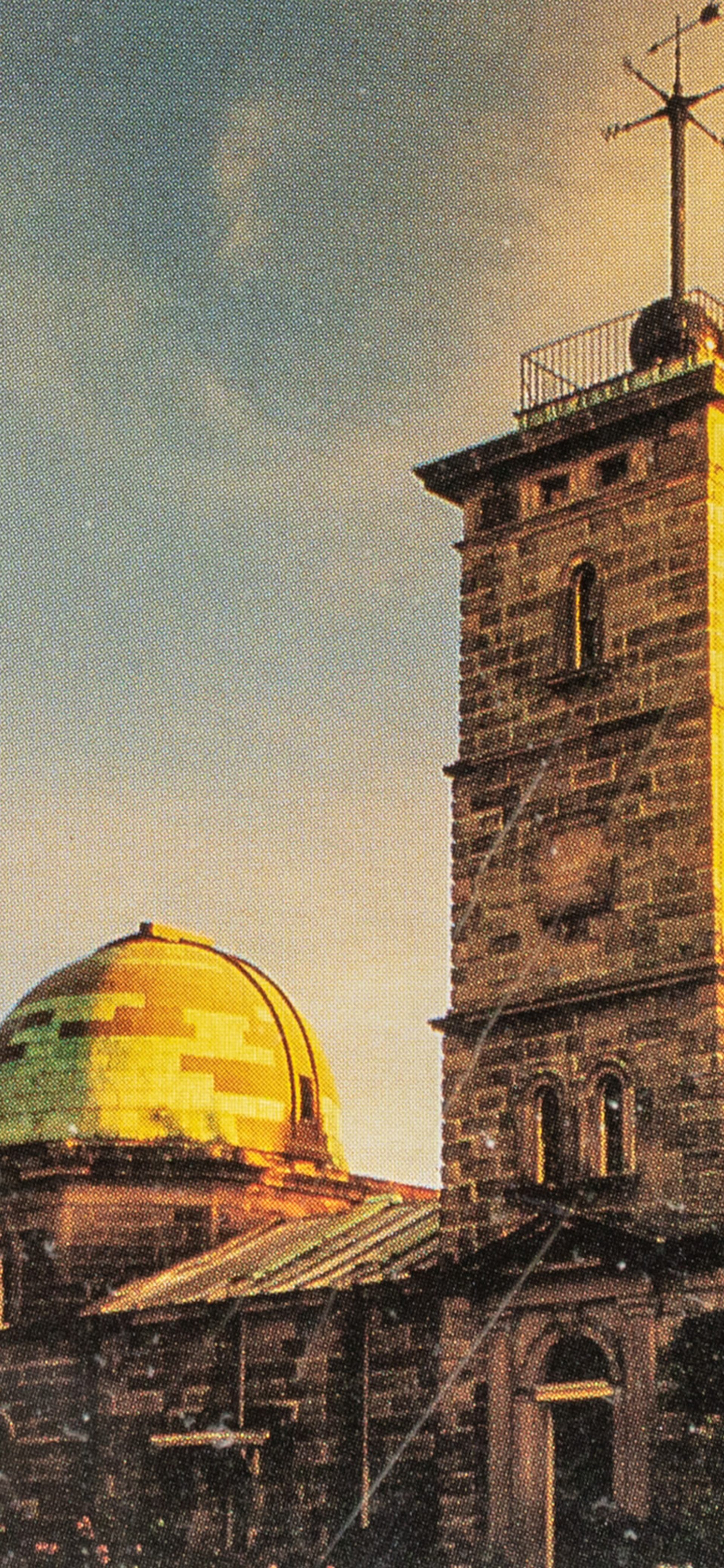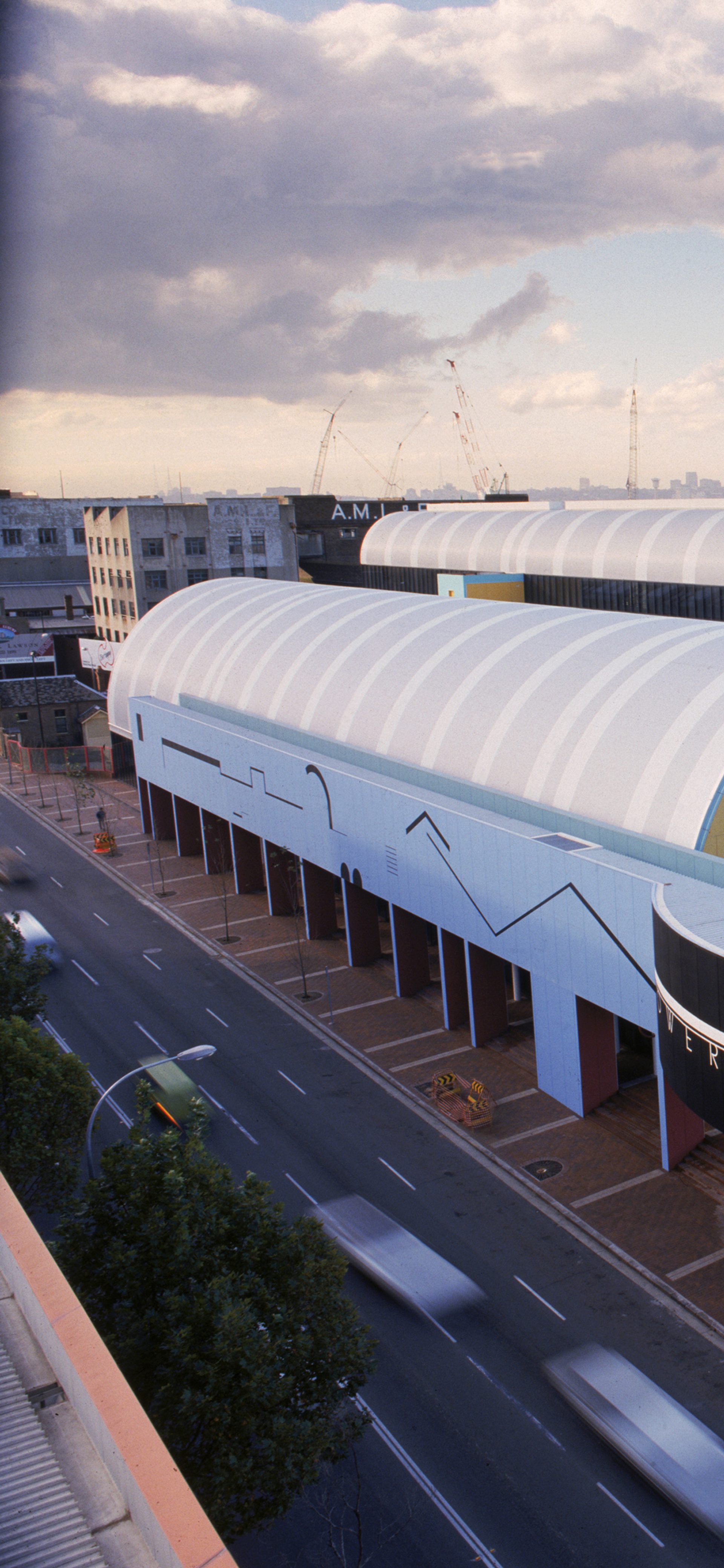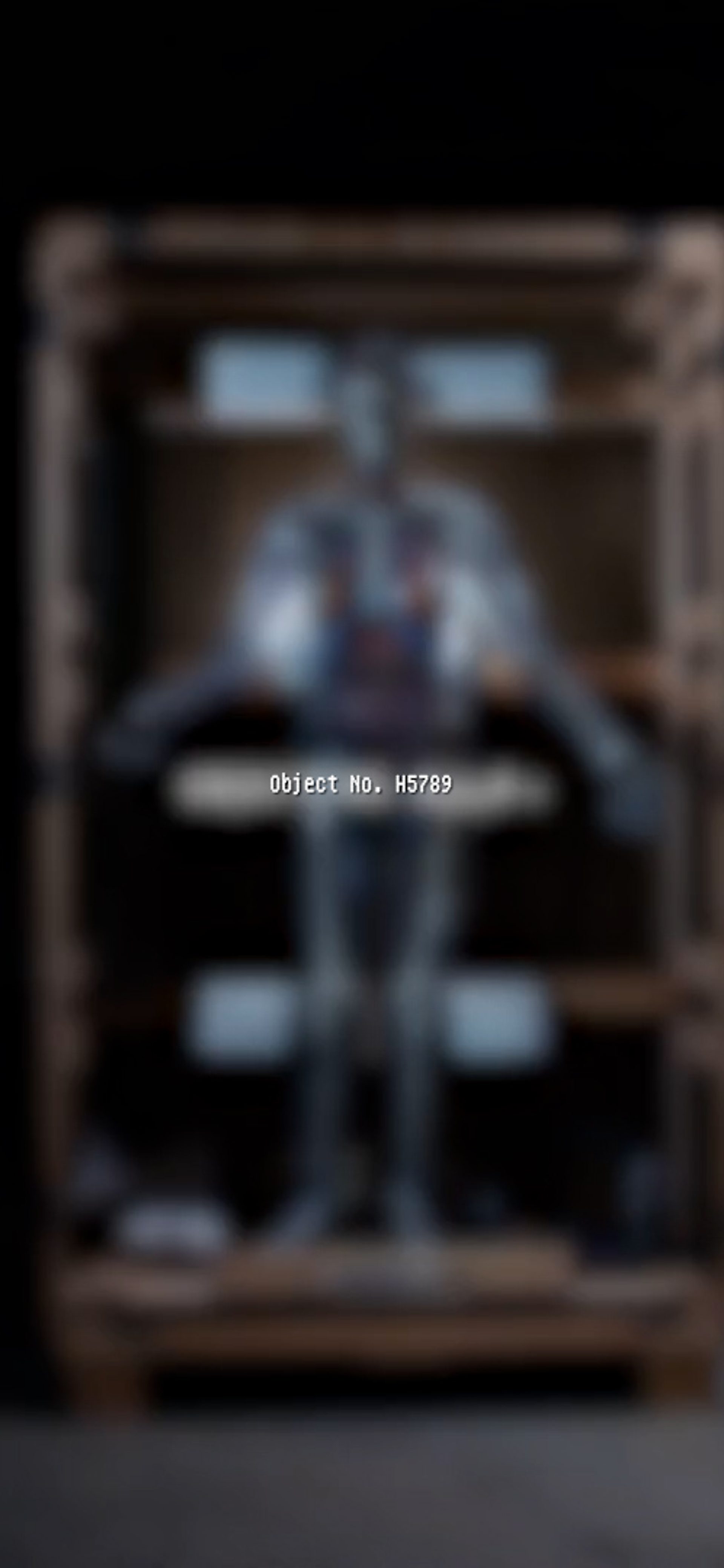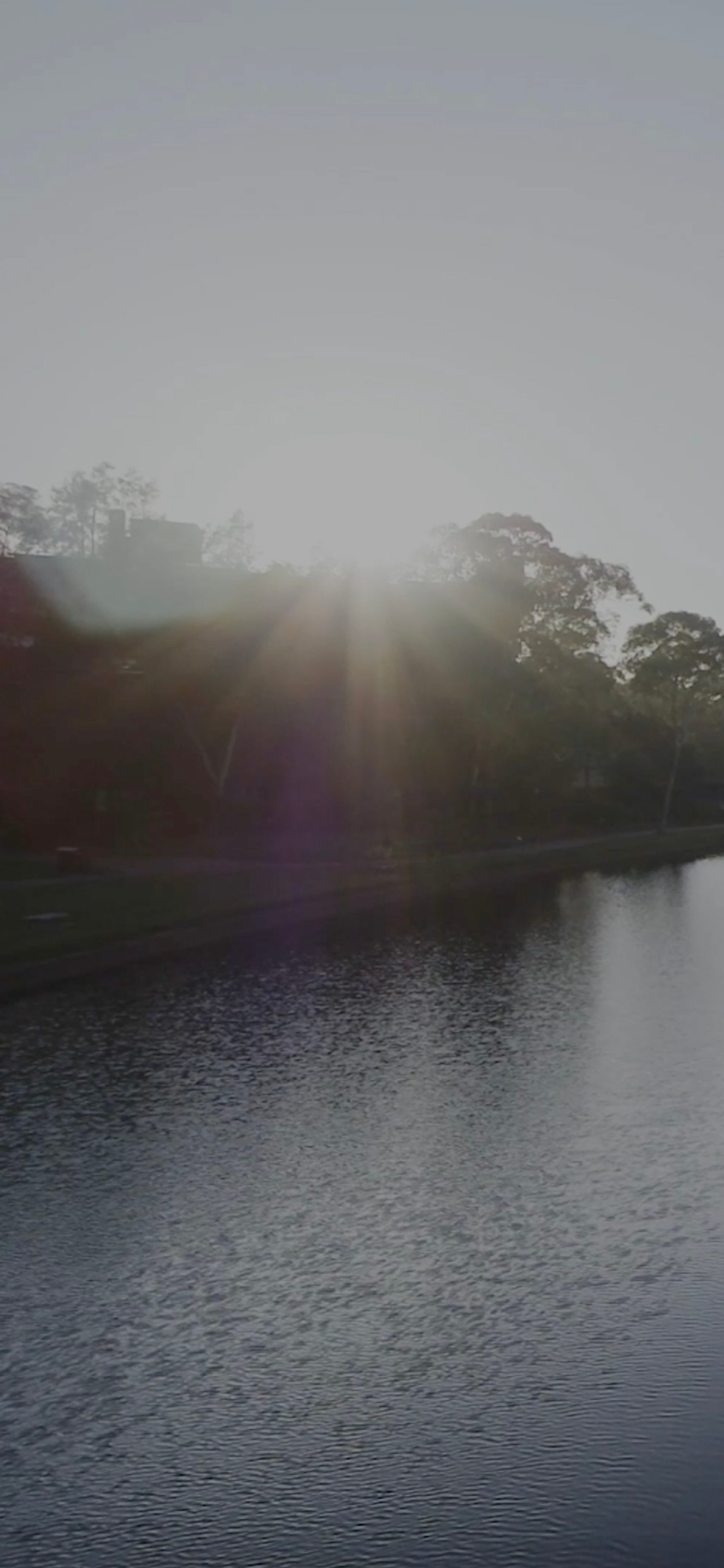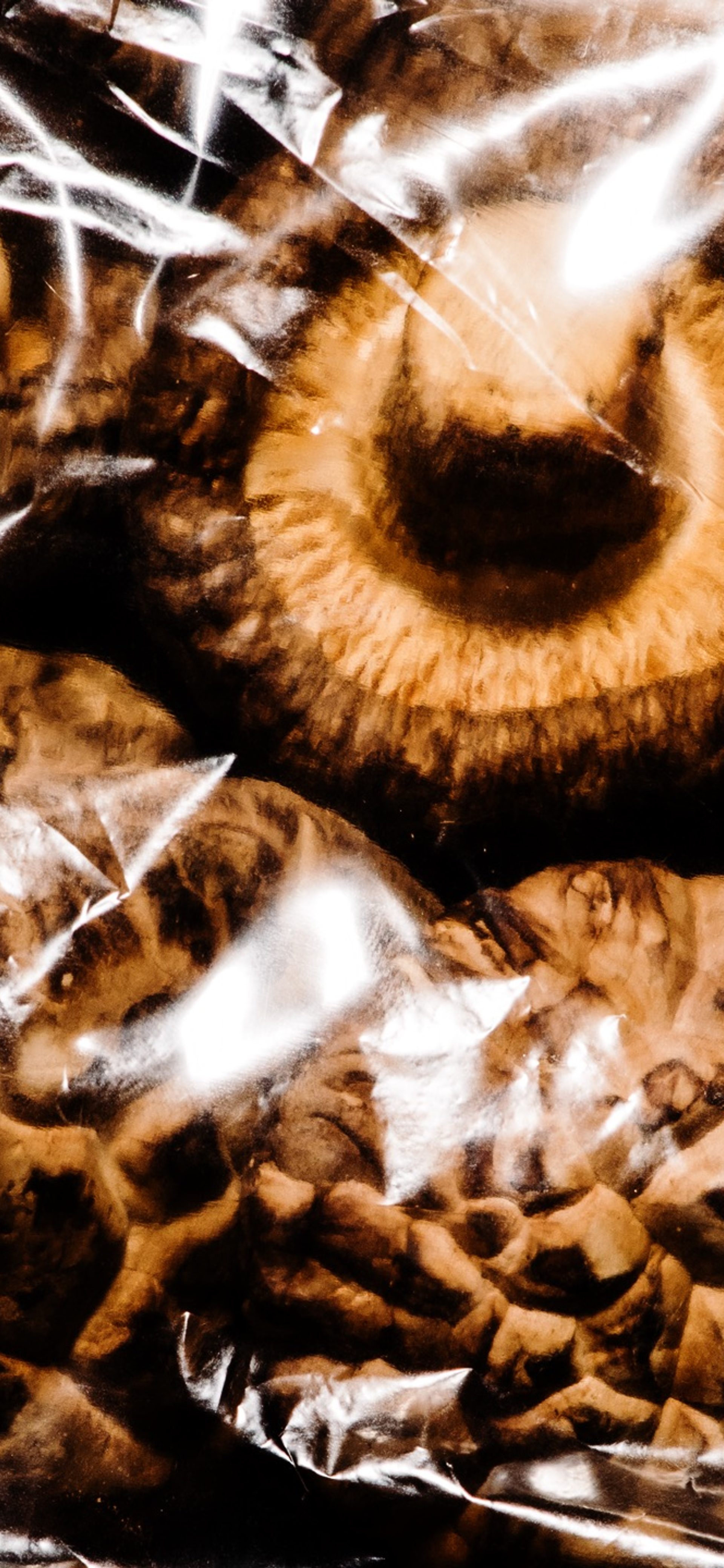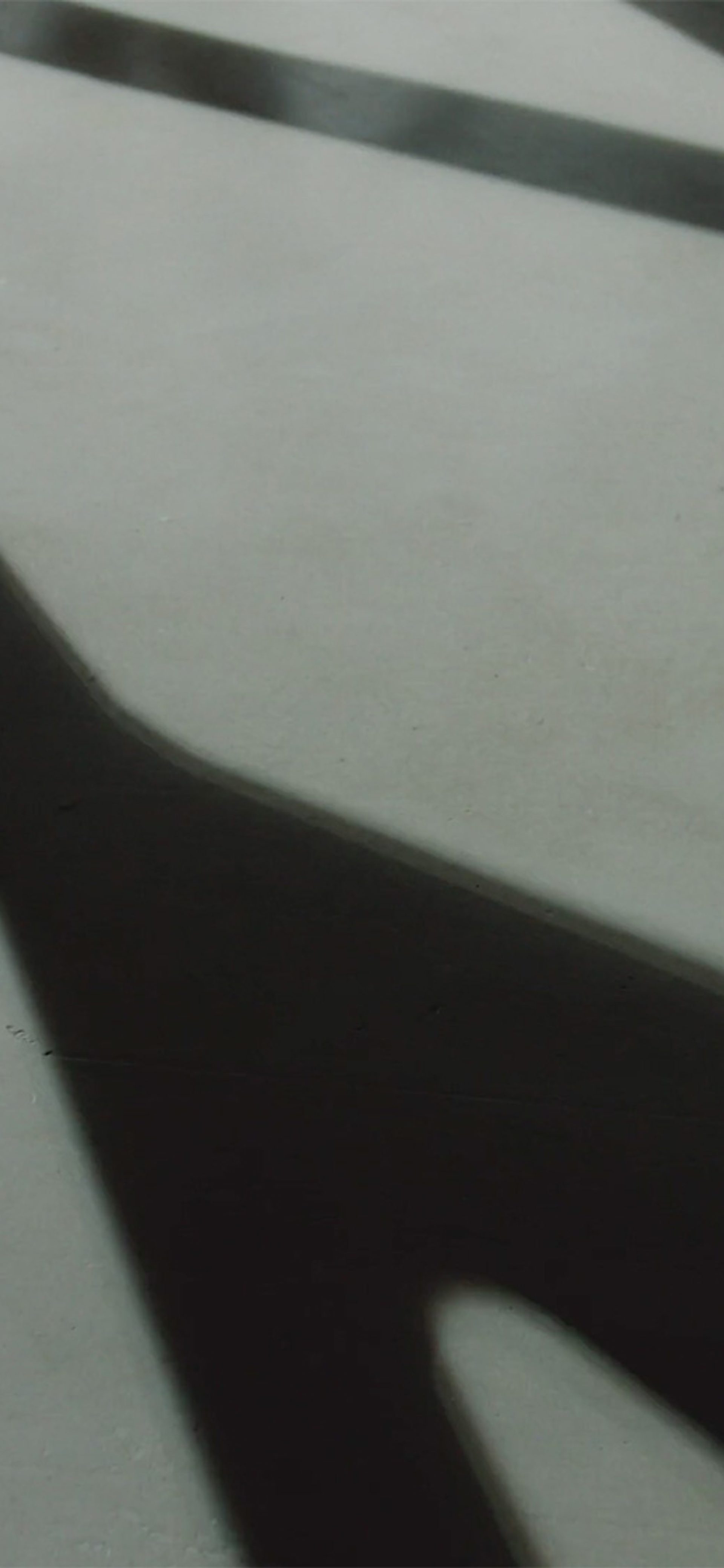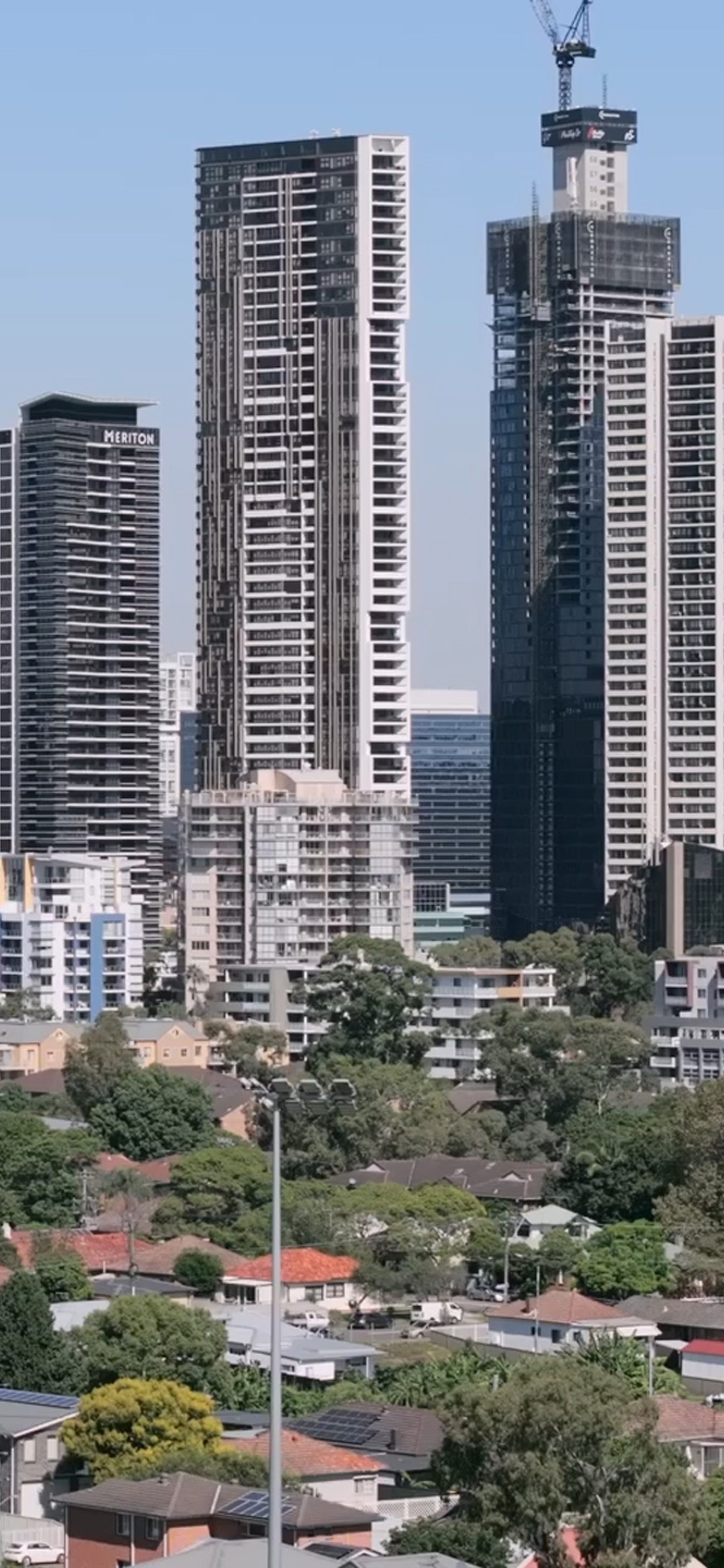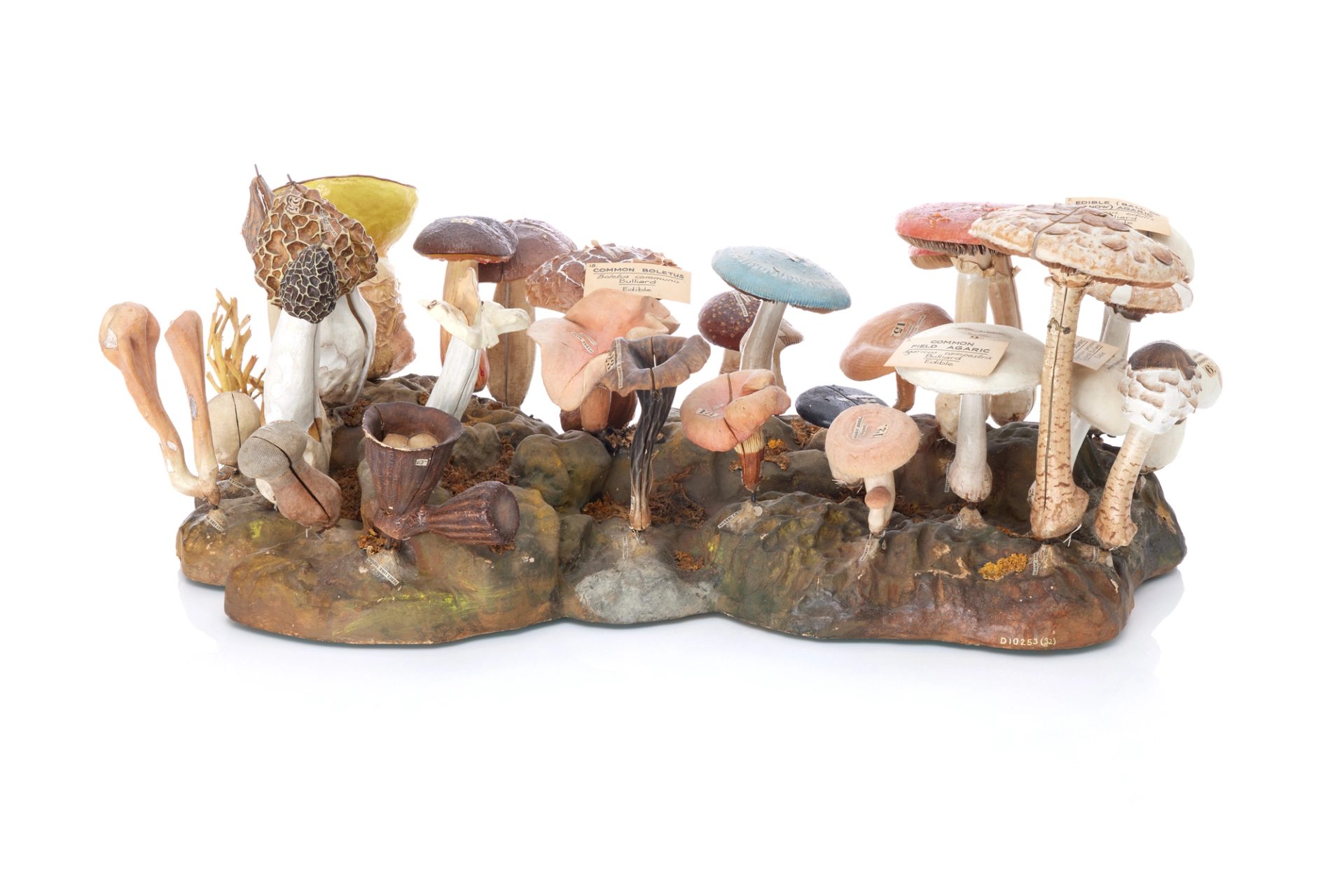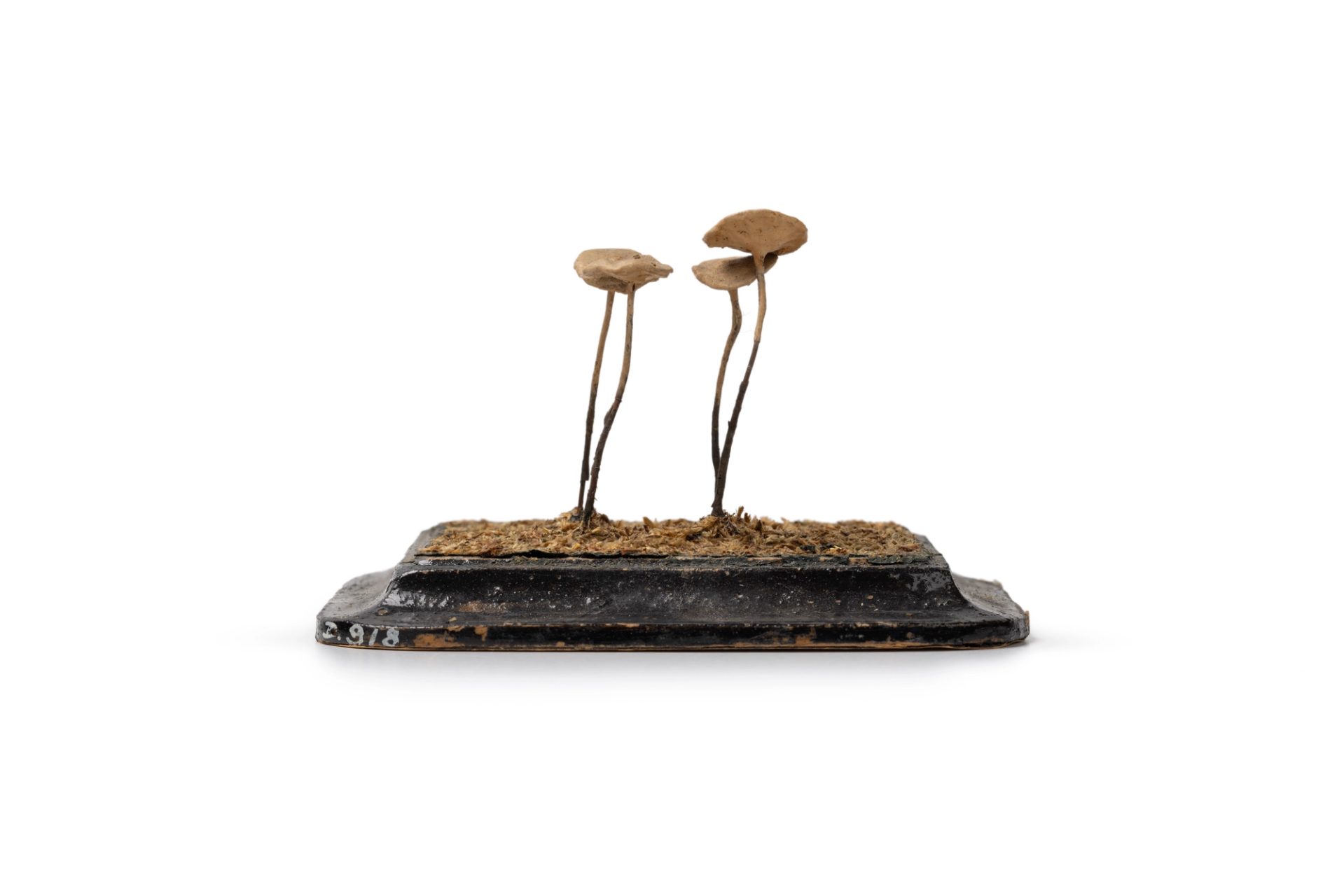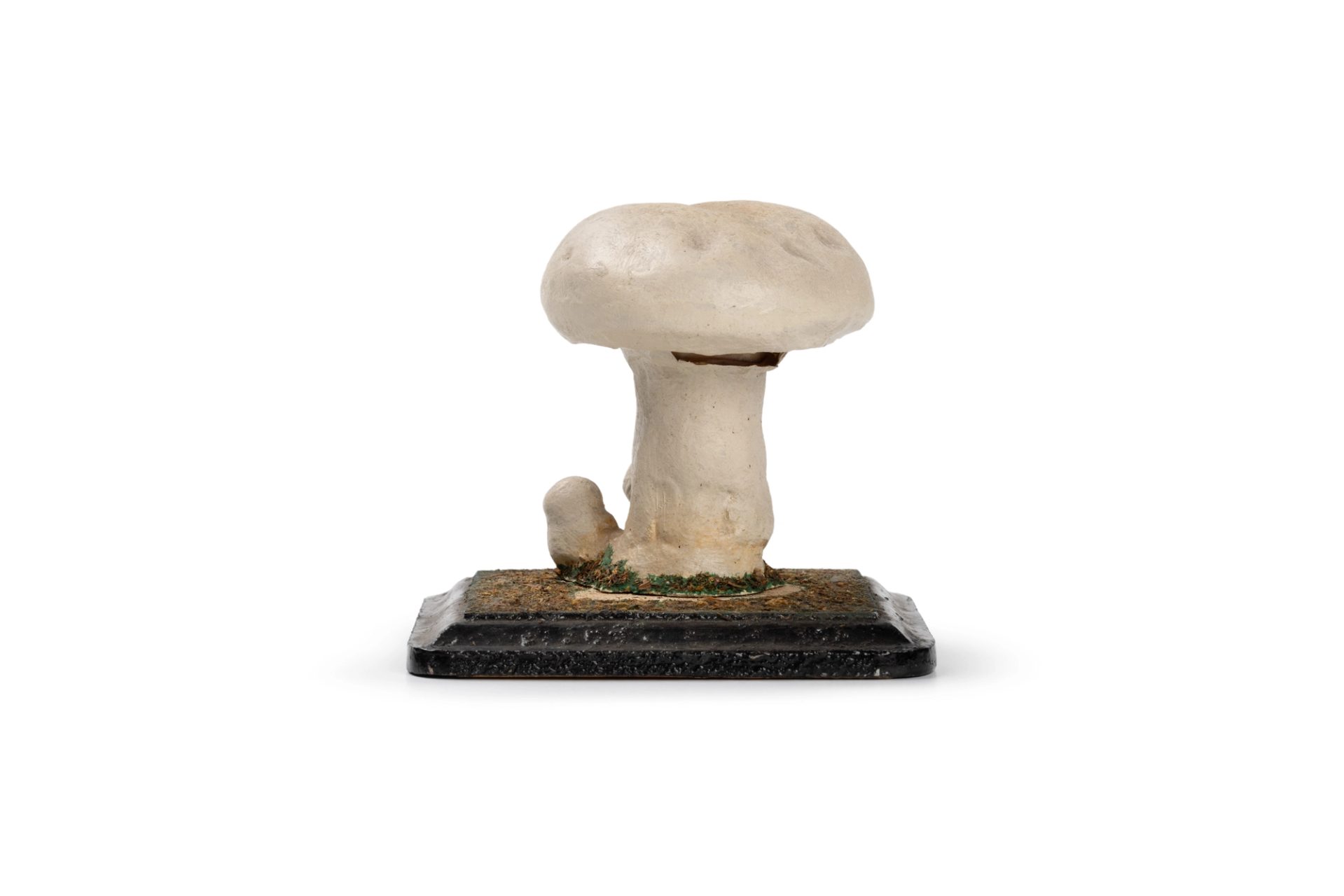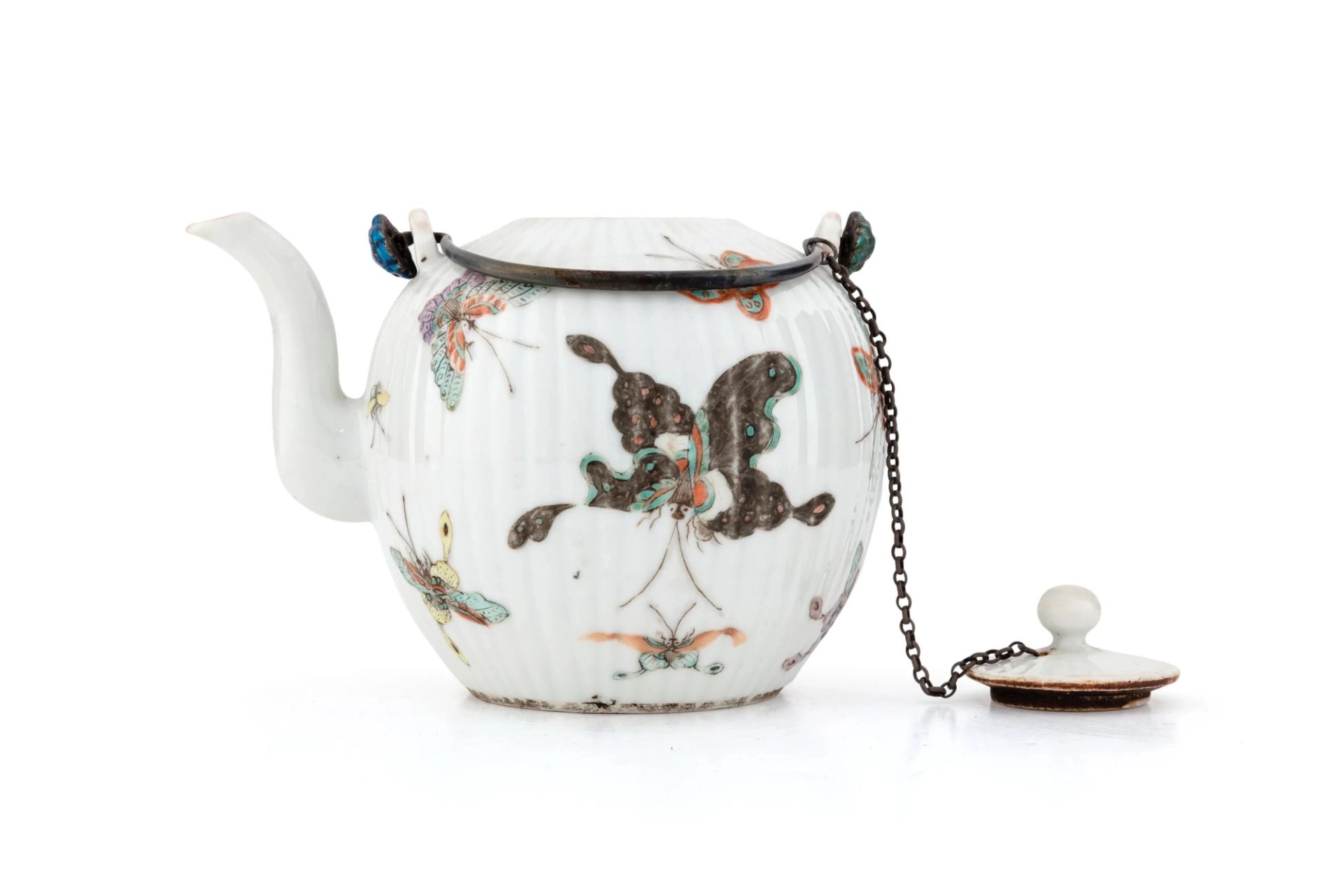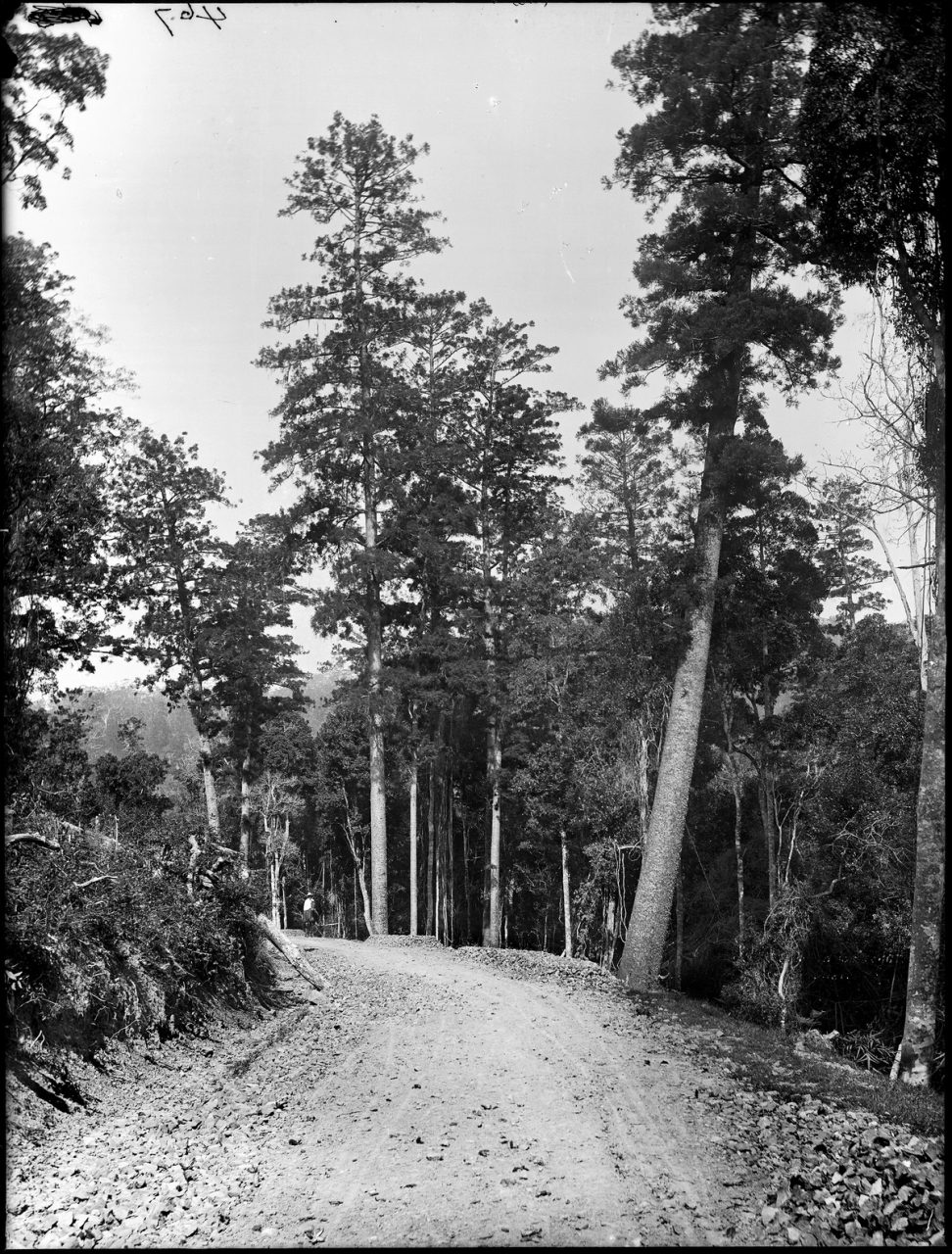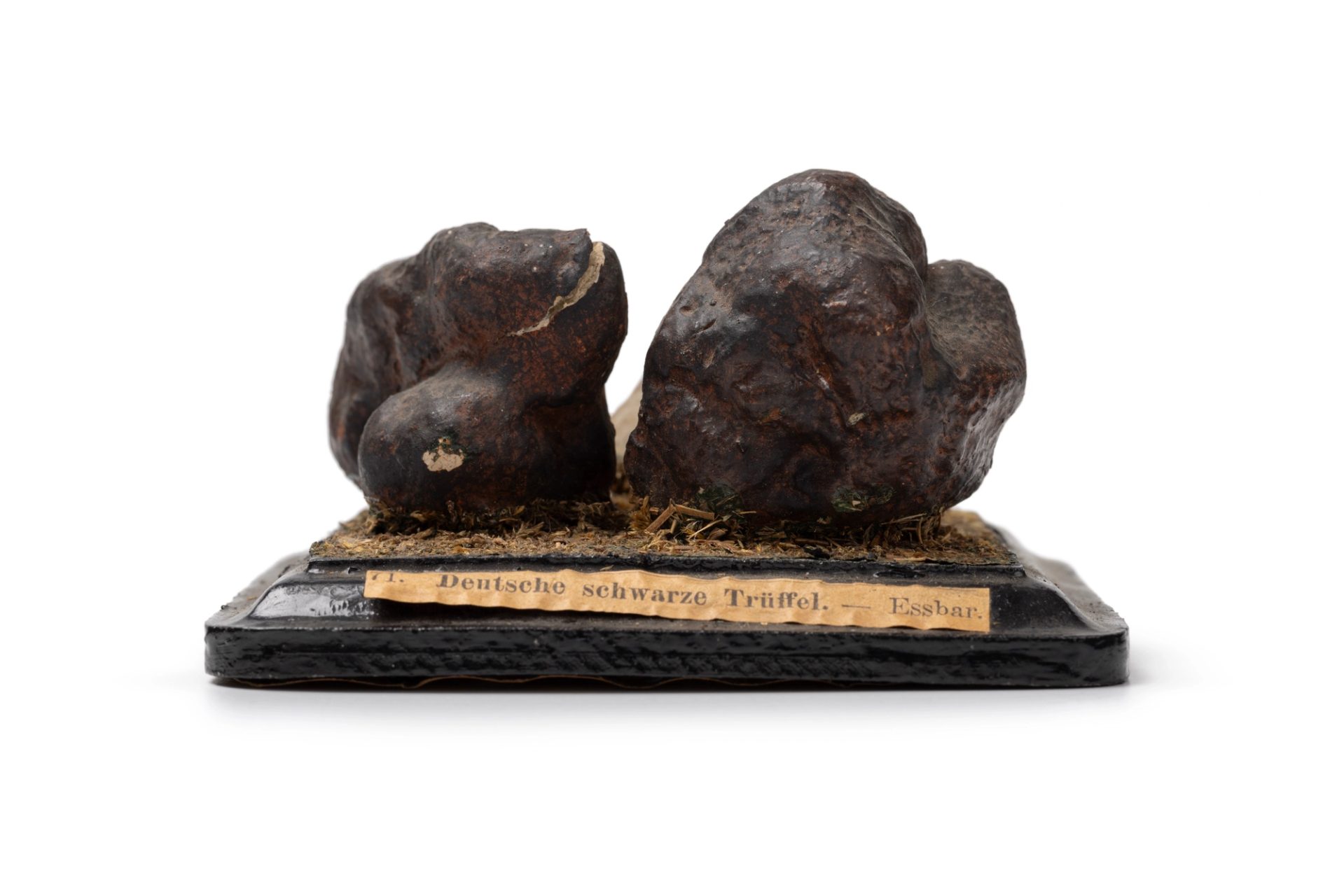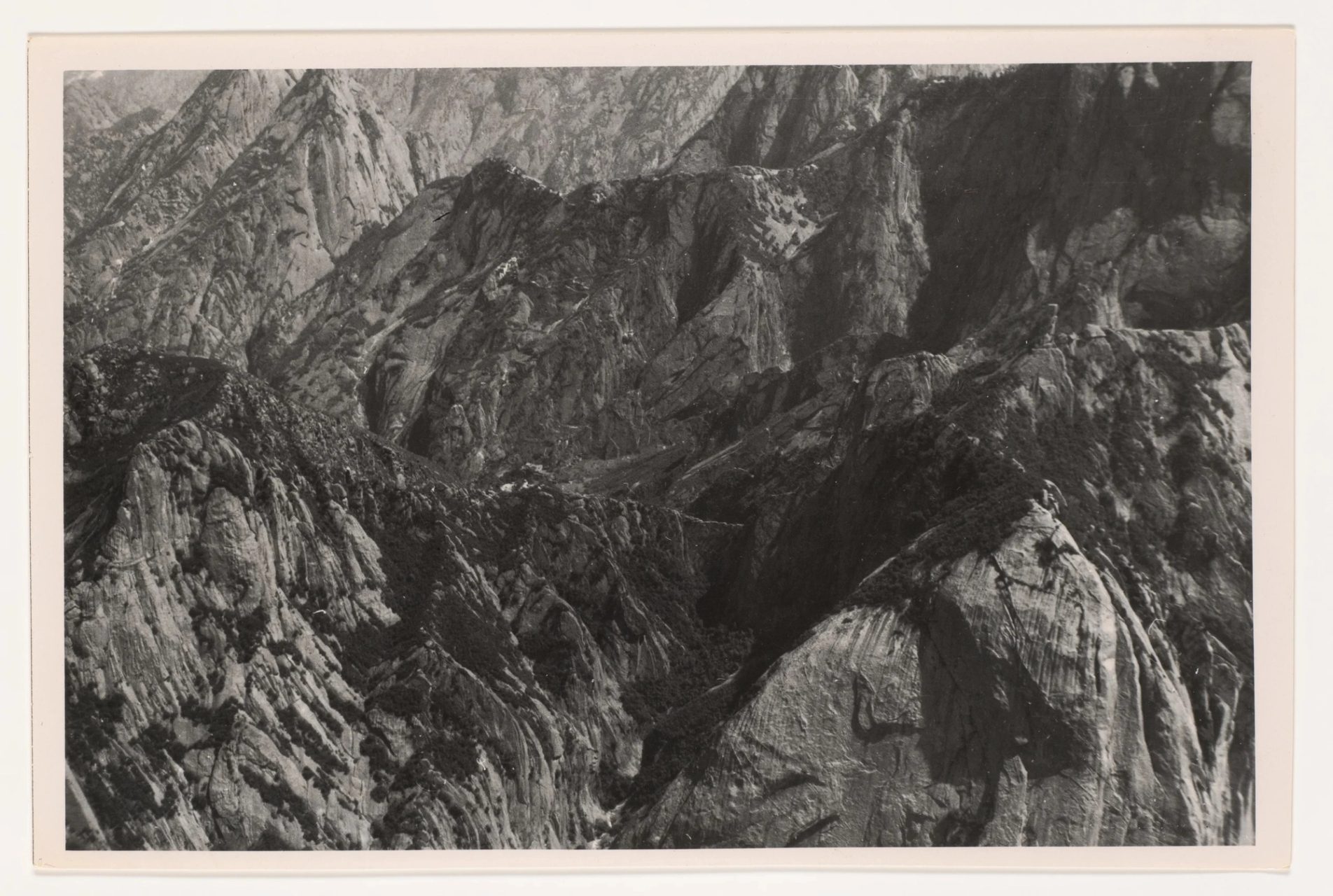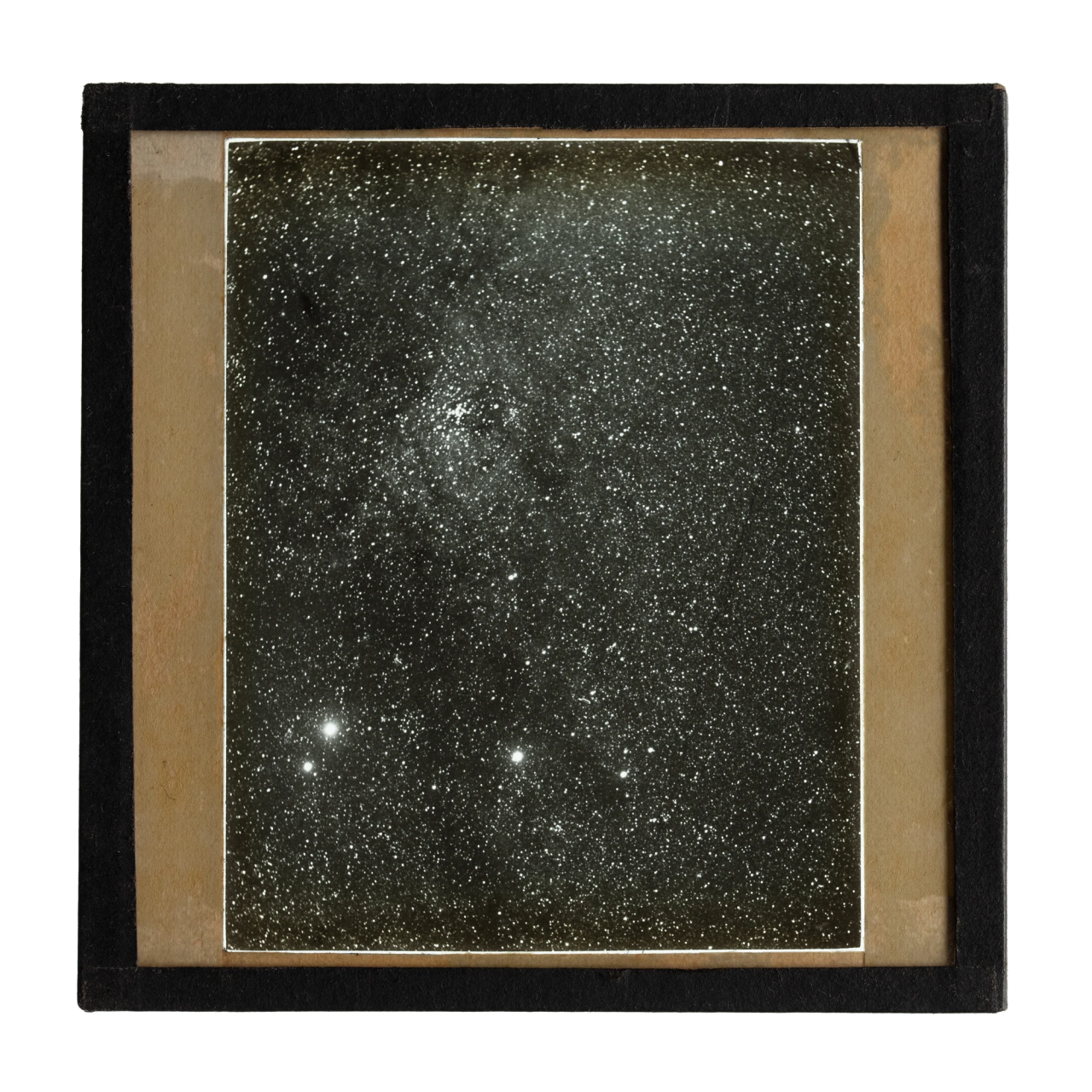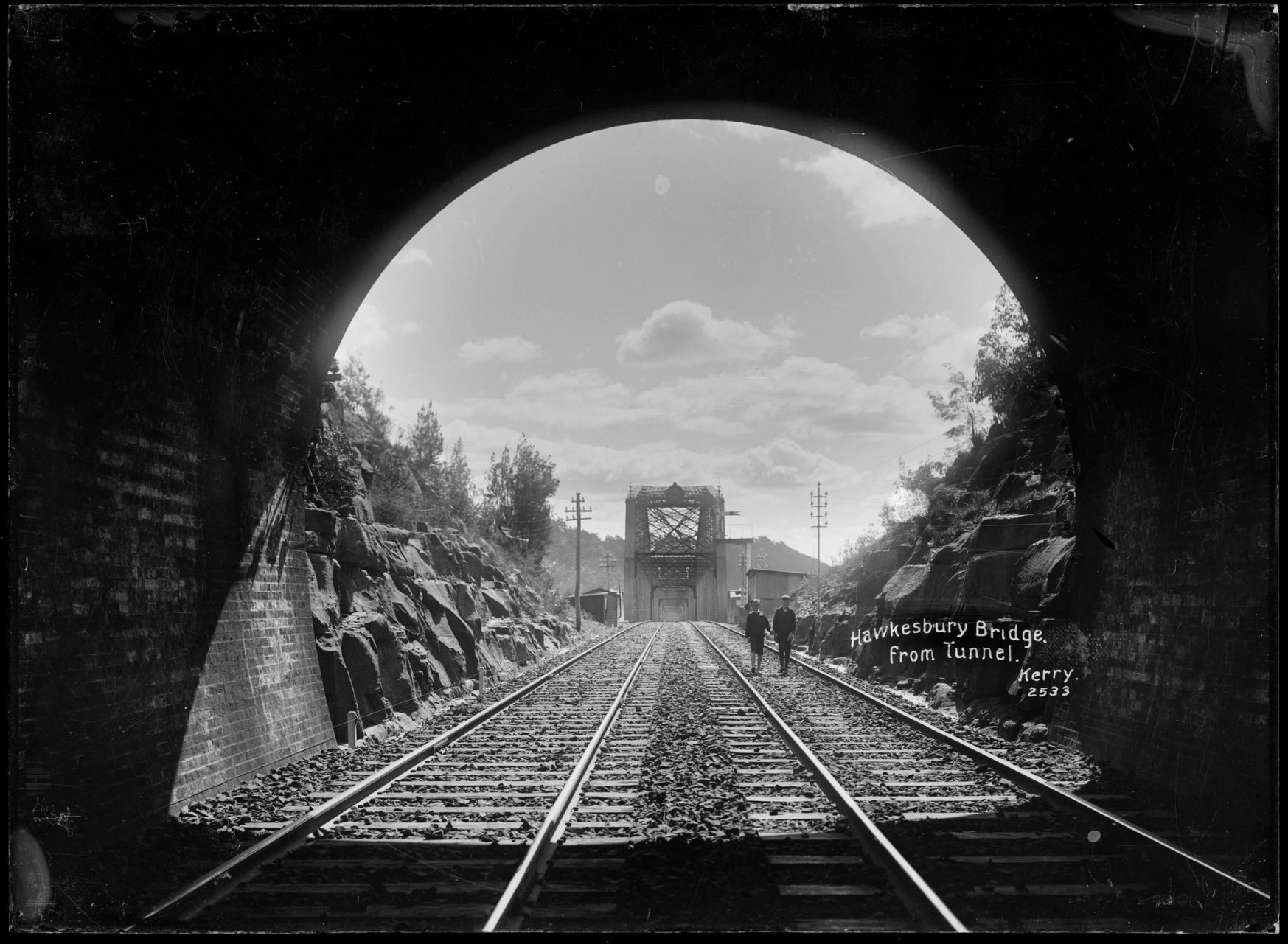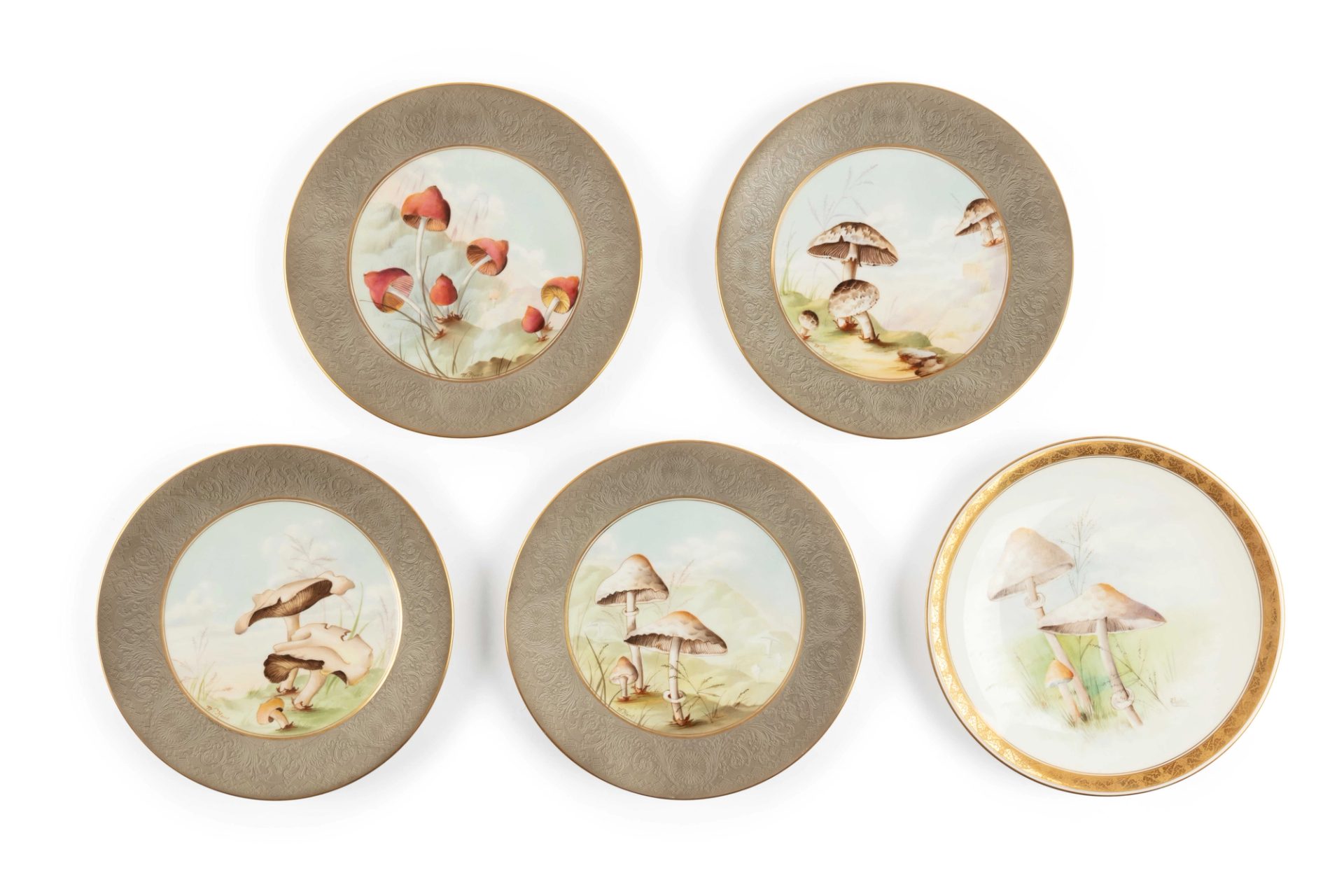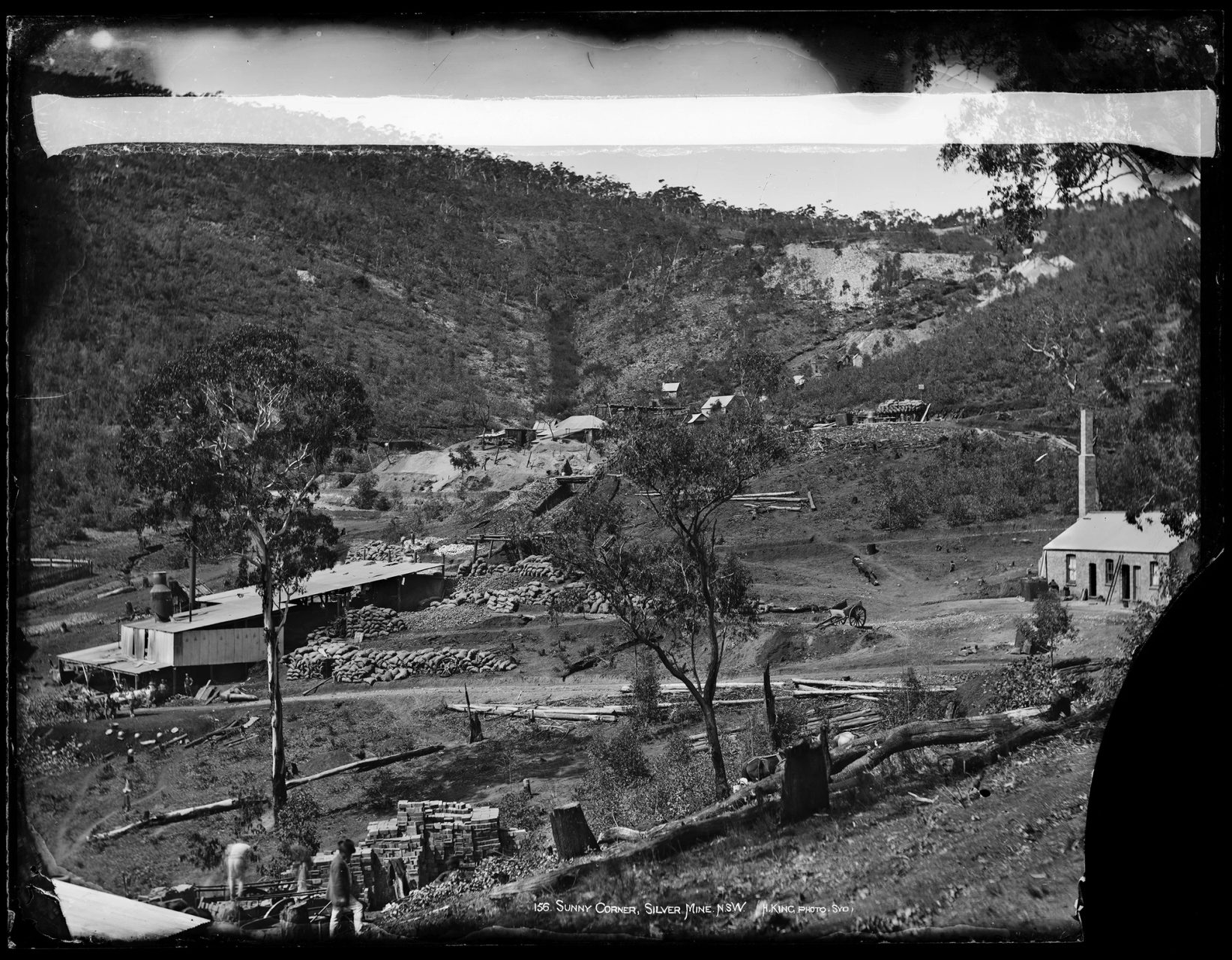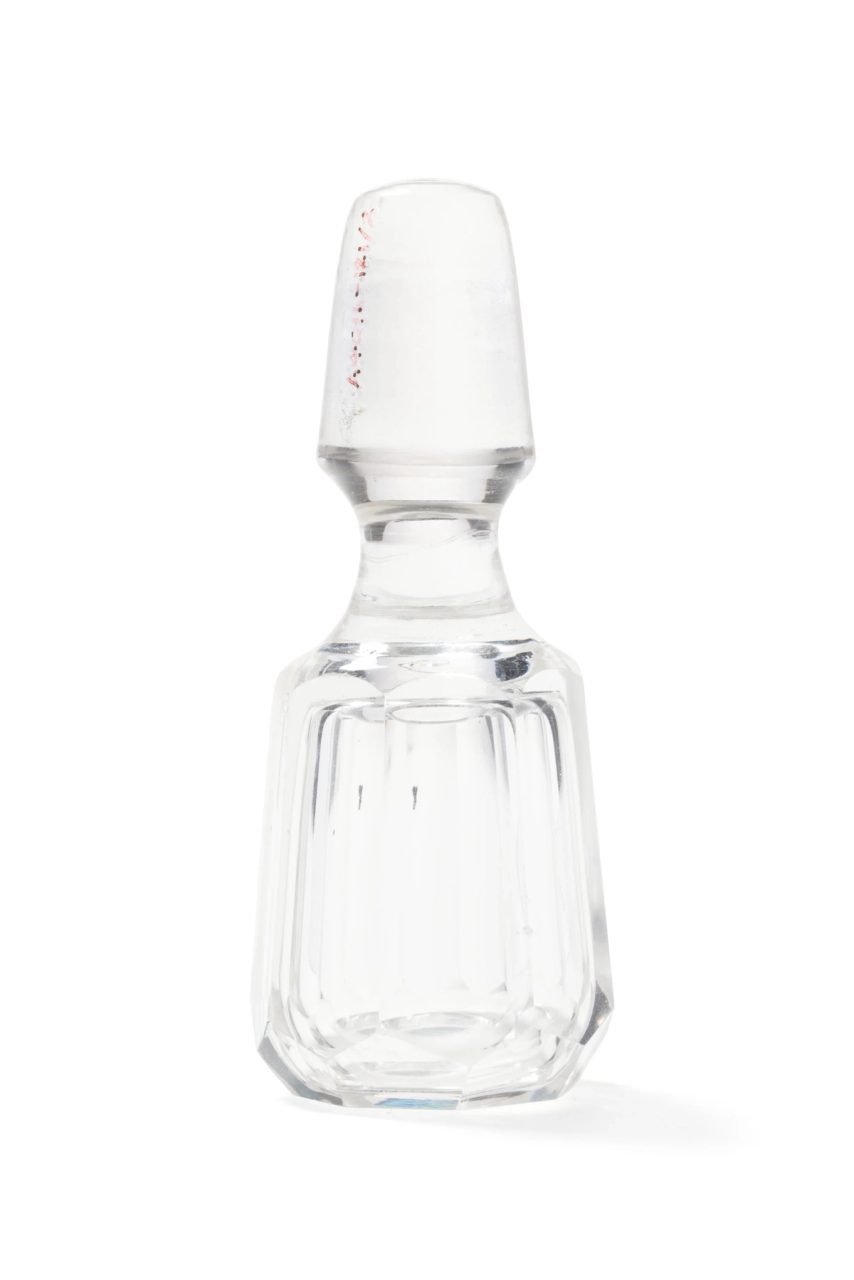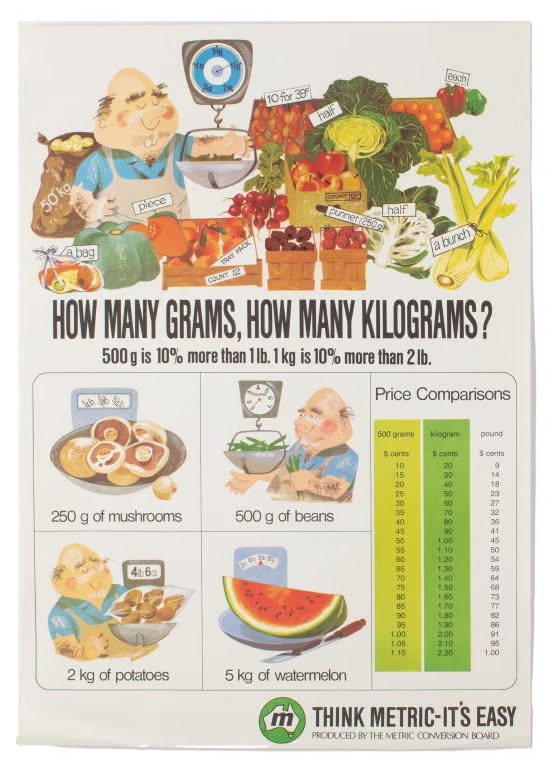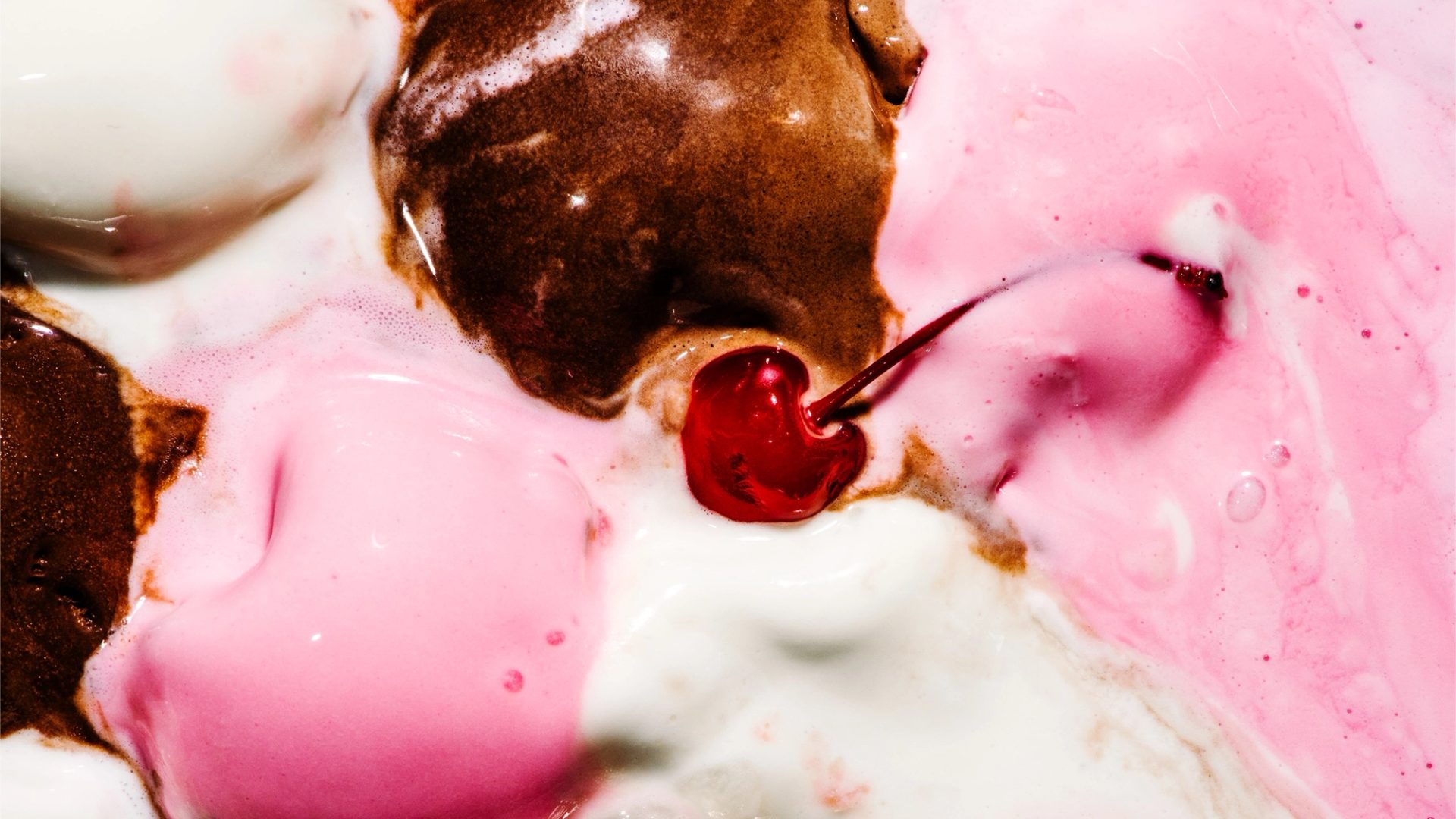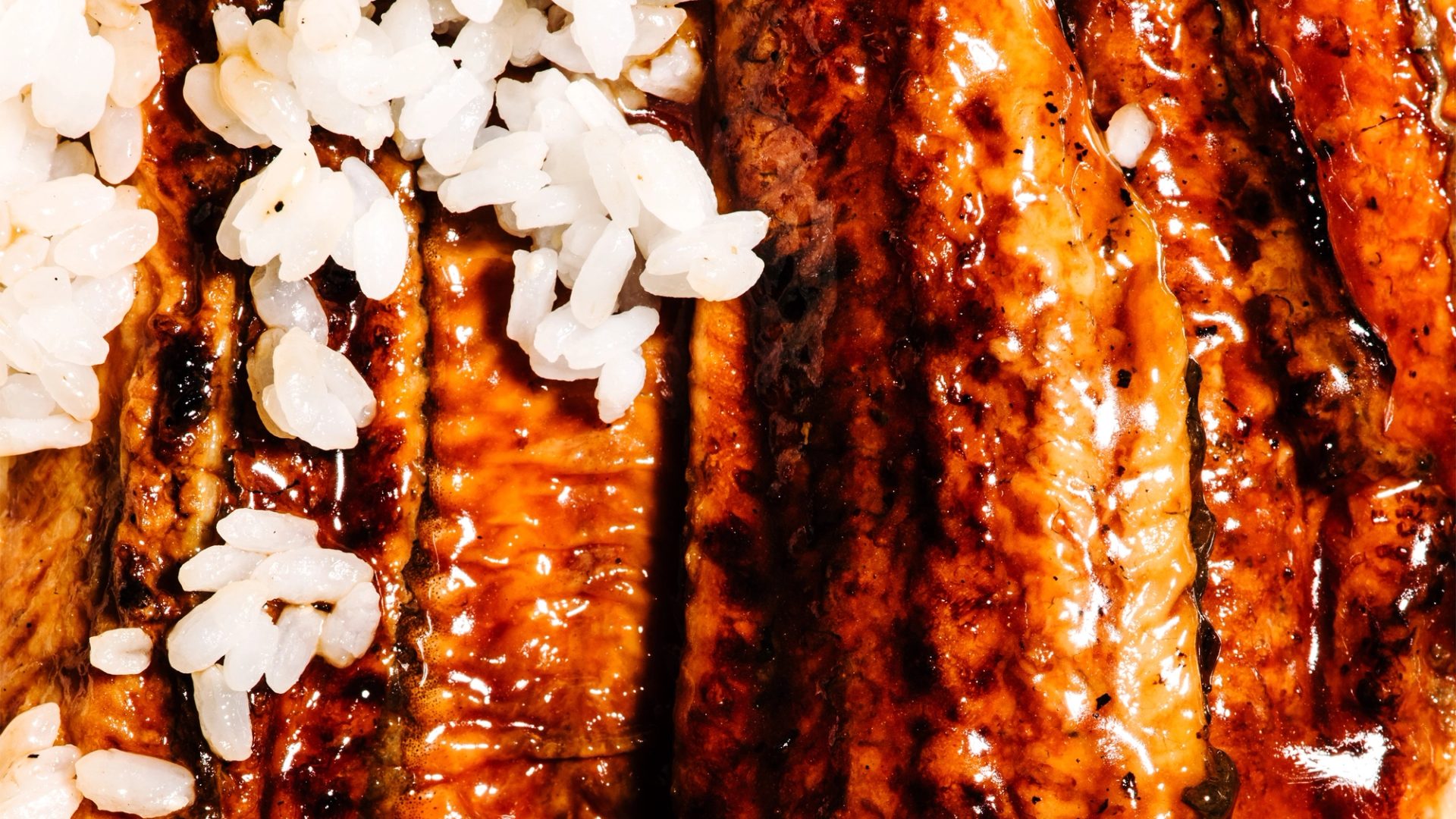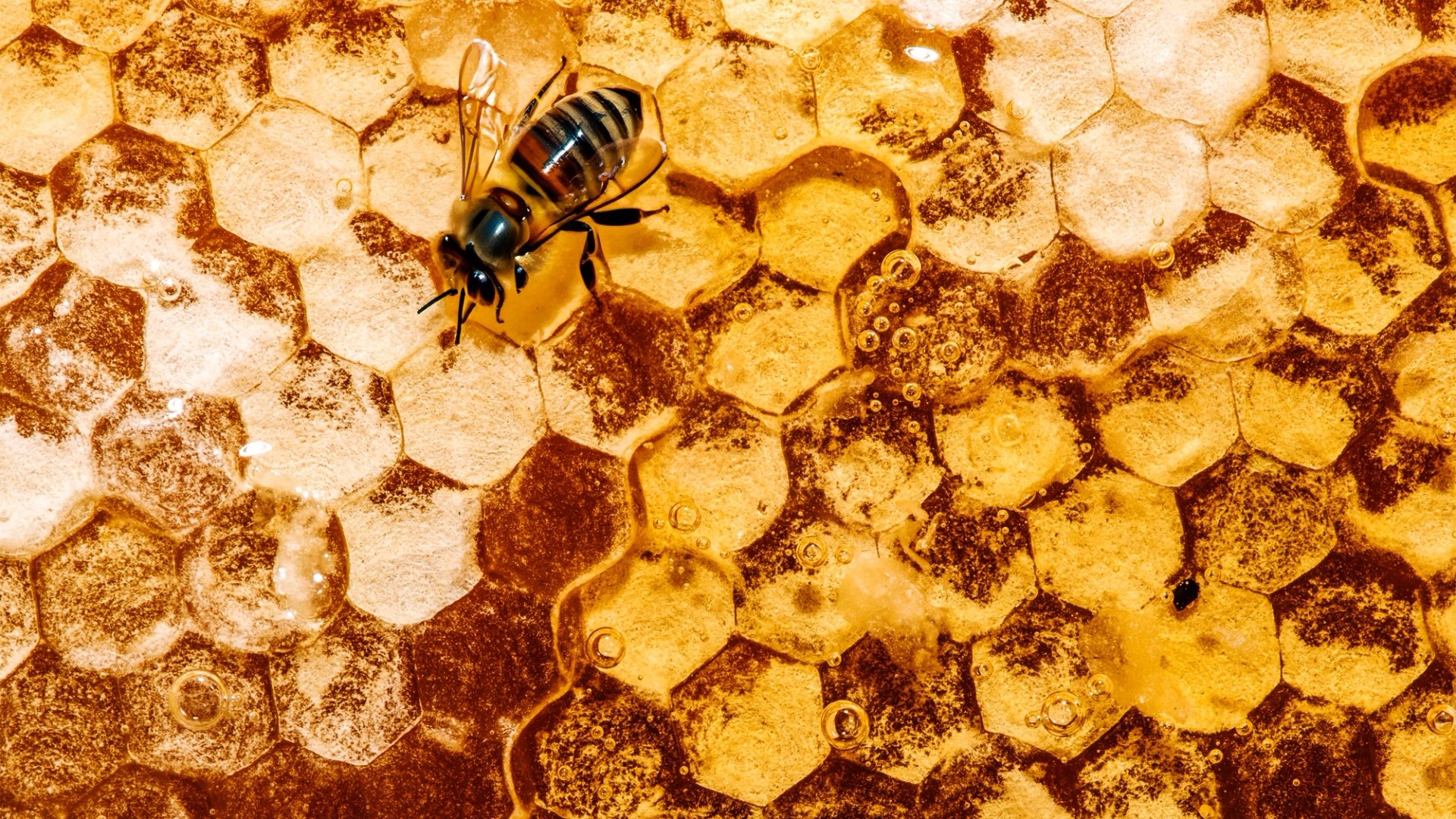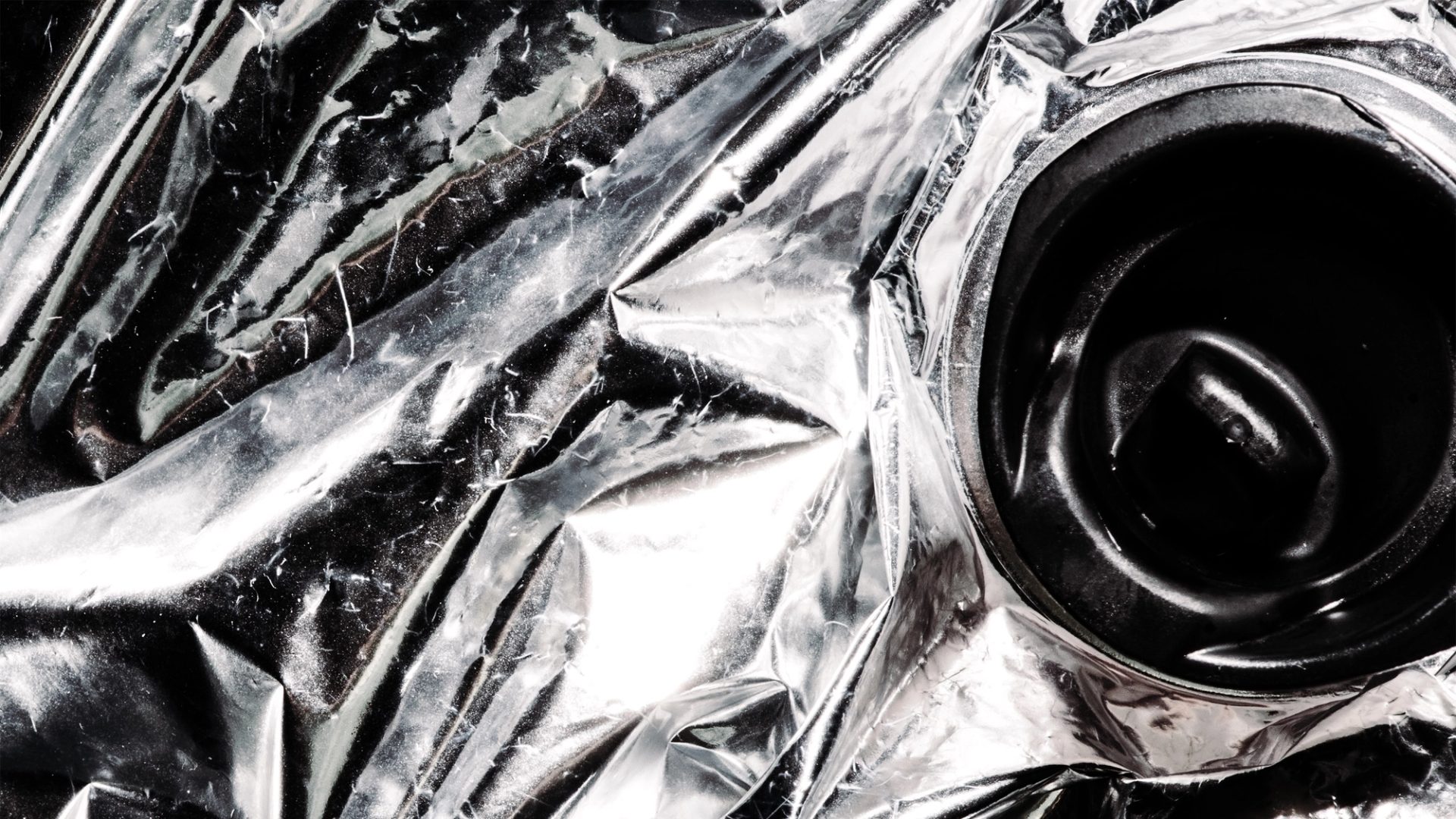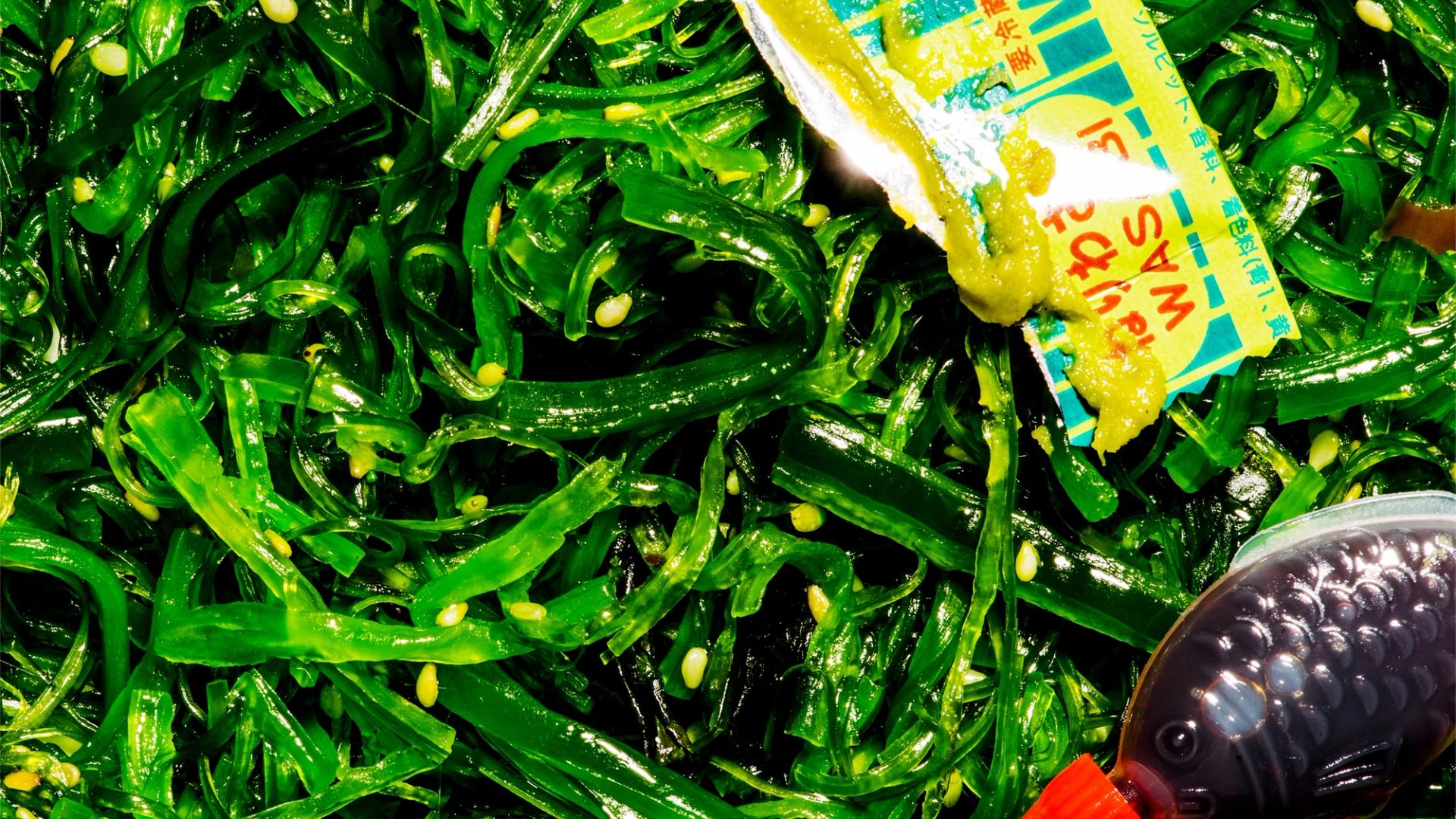Mushrooms

Culinary archive podcast Season 2
Join food journalist Lee Tran Lam to explore Australia’s foodways. Leading Australian food producers and creatives reveal the complex stories behind ingredientsfound in contemporary kitchens across Australia – Milk, Eel, Honey, Mushrooms, Wine and Seaweed.
Mushrooms
Onion stalk, parasol, bleeding fairy helmet, lawyer's wig, chicken of the woods, native bread and velvet shank are some of the mushrooms you'll find in Australia. Some taste a lot better than others and have been championed as a sustainable alternative to meat. Across the world, growing mushrooms has helped disenfranchised people gain economic independence.
‘It was always an experience to watch a woman who could not see any more identifying mushrooms just from smelling them and being able to tell them apart. Even the mildly poisonous, the very poisonous ones, the inedible but not poisonous, and the edible ones.’
Transcript
Lee Tran Lam Powerhouse acknowledges the Traditional Custodians of the ancestral homelands upon which our museums are situated. We pay respects to Elders, past and present, and recognise their continuous connection to Country. This episode was recorded on Gadigal and Wurundjeri Woi Wurrung Country and via Belgium too.
My name is Lee Tran Lam and you're listening to season two of the Culinary Archive Podcast, a series from Powerhouse Museum.
Located in Sydney, Powerhouse is the largest museum group in Australia. It sits at the intersection of the arts, design, science and technology with over half a million objects in its collection including an 1850s mushroom-shaped decanter; a 2000 era porcini vessel from the Blue Mountains; and hand-carved wooden mushrooms from Meiji era Japan. The collection charts our evolving connection to food.
The museum's Culinary Archive is the first nationwide project to collect the vital histories of people in the food industry, such as chefs, producers, writers and restaurant owners who’ve helped shape Australia's tastes and appetites. Today we're talking about Mushrooms.
Chido Govera It was really always an experience to watch a woman who could not see anymore, identifying mushrooms just from smelling them.
Jim Fuller That's why they call it the zombie fungus, because they create literal zombies to do their bidding.
Mike Butler Some humans have got an uncanny nose for this stuff. My photographer at the time, she was up there with the drug-detection dogs for sniffing out these truffles.
LTL Onion stalk, parasol, bleeding fairy helmet, lawyer's wig, chicken of the woods, native bread, and velvet shank — they're just some of the mushrooms you'll find in Australia. Some taste a lot better than others and then there are species we avoid altogether ... the Arrente people of the Central Desert thought mushrooms were fallen stars and did not eat them. In Australia, we’ve even cultivated shiitake and wood ear mushrooms in a railway tunnel that once stored World War II explosives. Mushroom growing lessons have helped disenfranchised people gain economic independence around the world. And this handy ingredient has also been championed as a sustainable alternative to meat.
CG Hi, my name is Chido Govera. I'm a mushroom farmer and the founder of The Future of Hope Foundation, an organisation that is based in Zimbabwe and works everywhere in the world. Our flagship project is mushroom farming.
LTL One of Chido's earliest memories is foraging in the forest and spotting a mushroom with a cap that can grow as big as an umbrella.
CG In my language, we call it ‘dare’, and my grandmother used to tell lots of stories about this mushroom. When you find it, it is a sign that you're very lucky in life. And as a little girl of around five years old, I was walking around during the mushroom season and suddenly I call out to my mum, I say, ‘Mushrooms, mushrooms, I found mushrooms!’
LTL This was a start of a lifelong connection with the ingredient. Tragically, Chido's mother died when she was seven, so Chido spent time with her grandmother, who was around 100 years old.
CG She was nearly blind. She could not go anymore on her own to forage for mushrooms, so I would hold her hand and she has a walking stick, and I would walk her to the forest. She would sit under a tree. I ran around collecting different types of mushrooms and bring different piles in front of my grandmother. So it was really always an experience to watch a woman who could not see anymore, identifying mushrooms just from smelling them and being able to tell them apart. Even the mildly poisonous, the very poisonous ones, the inedible but not poisonous and the edible ones — that impressed me as a child.
When I finally got the chance to learn about farming mushrooms, for me it was really easy to connect through the different stories told by my grandmother. If you come to an area with lots of mushrooms, don't take everything. You have to leave one or two. This is to show the gods of the forest that you are grateful. And then the gods of the forest will give you more mushrooms next year. When I stepped in a laboratory for the first time to learn about mushrooms at Africa University, these stories kept playing in my head.
LTL There’s a link between Chido’s university lessons and the stories her grandmother told. Everything had a scientific basis for helping mushrooms thrive.
CG She would say, ‘If you cook your mushrooms, cook with the lid of the pot off’. Especially with gilled mushrooms that produce spores. ‘If you close the pot, you close the forest’, she said. And so, as a little girl, this is just stories and you're like, ‘My god, grandma is very superstitious’. But as I grew older, I learned these mushrooms are producing spores. So of course, if the pot is open, some spores can escape.
LTL Let's hear from someone who also has a memorable relationship with mushrooms.
JF Hi, I'm Jim Fuller. I am an ex-chef, chemical engineer, mycologist and the co-founder and chief science officer of Fable Foods, where we reimagine mushrooms.
LTL To understand Jim's fascination with mushrooms, let's talk about the time he brought incredibly expensive mushrooms as a gift to a Thai wedding.
JF I was invited to go meet a very special speaker. His name was Anon Auetragul. He's a mushroom professor. He was the mushroom expert for United Nations. He was speaking on all the things that I love, things like cordyceps and lion's mane and medicinal mushrooms. That speech that he gave kind of fell on dead ears and he didn't even understand why they brought him here, because no one really cared. They just want to grow Agaricus white button mushrooms.
LTL What are Agaricus mushrooms? There's a clue in the Powerhouse Collection, which has a botanical model for the Agaricus common mushroom. The label says it all. They're the basic white button supermarket staple. Outside of the cartoony red toadstools in Super Mario games, the Agaricus is generally what you think of when someone says mushroom. But Jim had other mushrooms to discuss with Professor Anon.
JF Unfortunately, I got there after his talk and he was literally packing up his things in a huff because he said ‘no one cares about medicinal mushrooms here. Uh, they only want to talk about buttons, I'm out’. Just so happens I showed up right when he was out the door and we kind of fell in love. That's the best way I can say it, because, like, time stopped. And for the next six hours we stood right across from each other and just fell down that bunny hole. By the end of that, he invited me over to his son’s wedding in Thailand.
LTL Jim told Professor Anon about Australia's mushrooms, like the incredible cordyceps Jim has tattooed on his arm. Its life sized like the caterpillar shaped mushrooms Jim’s seen here. Cordyceps have been used in traditional Chinese medicine for thousands of years, so the idea of Australian cordyceps fascinated Professor Anon. So Jim brought these native mushrooms to Thailand as a wedding gift for the professor's son.
JF I took him a couple of kilos of stuff in a briefcase on an international flight to Thailand and I gave them as a gift. Quite a prestigious wedding gift because these things at their peak, go for $200,000 USD a kilo. So I was an honoured wedding guest to say the least.
LTL While in Thailand, Jim ended up touring mushroom farms with one of his chef heroes, Heston Blumenthal.
JF I got that wonderful opportunity to be Heston's mushroom expert, and it just so happens that he consumed those cordyceps that I brought Anon because he found the story quite fascinating and disregarded all of my warnings. He just ended up eating a whole one of these sticks, which are so big compared to everything else. There's not many people in the world who have consumed too much of the stuff because it's so expensive.
LTL Jim says there are some intensely wealthy people in China who've dropped pricey cordyceps into tea or soup as a status-flexing move.
JF What happens is that they'll get a little bit of vertigo. Their brain and their body get out of sync with each other. These Australian ones are so large, and people feel so good from having a small amount, they'll get a little bit crazy and courageous and go back and have a lot more, and then they'll get this massive vertigo experience where it's like, whoa, the world's off kilter for half a day or something. So I explained that to him and he took that as a cue to eat a second whole stick. He had already consumed more cordyceps than I'd ever known anyone on the planet to consume, so at this point he doubled it.
LTL Unlike Jim, it took food and travel writer Mike Butler some time to learn to love mushrooms.
MB My relationships with mushrooms didn't get off to a great start. My mum's Aboriginal and a beekeeper, so we were always in the bush travelling around before I went to school. It was a combination of her warnings not to eat anything, including lots of mushrooms. I associated these things with bad stuff. Bad things happen. But I'll tell you the first time my relationship changed with mushrooms was I went foraging up in pine forests west of Sydney, at a place called Oberon, with Estonian migrants. It’s part of their tradition. And I remember going back to the Estonians’ house and the mother doing something as simple as a knob of butter, a little bit of garlic into the oven at 180 degrees. And what came out was absolutely delicious. More than a vegetable and not a meat but somehow straddled the two. The first positive memory was that, coming from what I'm going to call a standard Australian upbringing without migrant influence, my relationship with mushrooms was they came out of a tin.
LTL In the Powerhouse Collection, you'll find a botanical model of a common truffle. Truffles, like mushrooms, are a type of fungus and they inspired an unforgettable experience Mike had in Canberra.
MB One of my great experiences was to go truffle hunting by the foothills of Canberra Airport. You think of mushrooms that grow out of the ground. They're the fruit of what is a much bigger organism that lives under the ground, called mycelium. The fruit that pops out of the ground are called mushrooms. The mycelium that have mushrooms that don't pop out of the ground, they're called truffles. They rely on animals to dig them up. So, they have to have these strong pheromones. Dogs love them, pigs love them, and I remember going in between the glades of oak trees with the Australian Federal Police drug-sniffer dogs that did this on their holidays, which was marvellous in itself. The thing that was most interesting was some humans have got an uncanny nose for this stuff and my photographer at the time was up there with the drug-detection dogs for sniffing out these truffles. This process involved my photographer digging and competing with the dog to reveal a sort of walnut-sized, magnificent little lump of mud. That was a truffle. And the experience of going back to the shed, weighing it up, cleaning it up and slicing it wafer thin and tasting what truffle brings to the olfactory party. Really, it's an extraordinary food ingredient.
‘The record for the world's most expensive truffle is $330,000 USD, which casino tycoon Stanley Ho paid for one Tuscan white truffle in 2007. That's nearly half a million Australian dollars for one truffle!’
LTL It's a prized ingredient, but there are also people who think truffles smell like old socks.
There's much more to mushrooms than status, though. They can be an educational tool and a ticket to independence, as Chido later learned. But at age 10, between going to school, fetching water and wood, putting food on the table and also looking after her brother and grandmother, she was struggling.
CG I was given an offer to say, ‘Look, we see that you're struggling and we think that your only way out of this situation is if you marry this person who has a blue car and has been struggling to find a wife.’
LTL This man was 40 years old and Chido was only 10. Even though the blue car was mentioned as some kind of bonus, she didn't relish the idea of being a child bride and she felt responsible for her grandmother and brother.
CG If I get married and I have to go and live with this guy, I cannot take my grandmother and my little brother with me. So I decided that I would not take the offer to marry and it was clearly communicated to me, ‘There's not much anymore that we can do for you.’
LTL Luckily, Chido was given the chance to learn about mushroom growing. As a girl who'd been denied a proper education, this was a massive opportunity for her.
CG I lived in a village called Marange. I think a lot of people that know something about Zimbabwe will know about Marange as the diamonds area, but we were really in the village. I think I saw the first hard road being built as a little girl, but before that there was nothing.
So, the university where I learnt to farm mushrooms at is Africa University, about three hours’ drive from my village where I grew up. I was very happy to go and I arrived at the university, and for me, first of all, to see that mushrooms can be cultivated was like magic. But I think what moved me the most was to see how you were able to do that from waste.
LTL As a kid who struggled to feed her family, she'd known the pain of not having enough on her plate. And growing food was hard when you had such bad soil, but mushroom growing didn't require much and it opened up so many possibilities.
CG Learning to change that waste into food was the most inspiring thing. And yes, I may have rejected the marriage that would have changed my life. But this is not the end. I am not going to fail and I am not going to waste myself. And that was really a moment in my life where I say, ‘It does not matter which path I follow; I will get where I want to be and I will bring value to myself again’.
So, we spent a week learning at the university, went back to the village. They supported us by building a mushroom house for us and giving us the early version of ready to grow kits, and we just hang them in this wooden mushroom house at Marange High School. It was about five, seven kilometres from my homestead and I would walk there every day to water the mushrooms, harvest them and bring them to the market. And I say to myself, ‘I want to make this simple so that I can teach this to other people like me who need such a skill’, to say, ‘Hey, I am not waste, I am not a failure, I can work myself out of this’. And so that's how my journey with mushrooms began.
LTL Chido eventually formed The Future of Hope Foundation, which empowers people through mushroom farming lessons around the world. Back in Australia, there are other kinds of opportunities that can sprout up with mushrooms too.
‘There's one variety of native mushrooms that has been commercialised and that's called ‘the snowflake’. To me, it's like lobster or crab meat. It's got a really nice flavour and a really nice texture.’
LTL I've eaten a snowflake mushroom at Sydney's Kiln Restaurant, where chef Mitch Orr brushes it with a glaze sweetened with soy sauce and maple syrup and grills it over the fire until it gains this incredibly meaty, well-charred intensity before plating it on a wasabi leaf. This snowflake species is also known as the coral tooth mushroom, which exactly describes its look.
Tasmanian Magazine Number 6 (1961), Tasmanian Archives Thousands of kinds of mushrooms grow widely throughout the world. While many kinds are highly prized delicacies, others, as most people know, are not.
LTL Mushrooms have such evocative, descriptive names worldwide. Think deer shield, charcoal burner and aniseed funnel. In Australia, there's the glistening inkcap and gem studded puffball. They're technically edible, but you shouldn't consume them unless you know what you're doing. Then there's a stinkhorn fungus, which is as off-putting as it sounds — there's a specimen of it in the Powerhouse Collection. According to Australian Geographic, the stinkhorn was the first Australian fungus to be formally described by European science. Speaking of visually striking objects, cordyceps are actually mushrooms that have overtaken creatures.
JF Fungi evolved to do this. They break into rocks, they break into logs and they can break into an insect's exoskeleton without a problem. And they punch their way in, they dump in their genetic material and start growing. They'll go to the brain. They'll exert a biochemical control over the organism. That's why they call it the zombie fungus, because they create literal zombies to do their bidding. The fruiting body, the mushroom, will come out of its head like something out of, like some weird sci-fi movie. There's a cordyceps for most species of insects out there. In Australia, this particular long one, this one of interest, is called Cordyceps gunnii.
LTL And it forms when it hijacks the life cycle of the wattle goat moth. Jim's fascinated by the medicinal potential of cordyceps. They reportedly have anti-cancer properties and can improve heart health. When Chinese athletes smashed distance running records in 1993, they partly credited their performance to Cordyceps sinensis, which is found in the mountainous areas around China, Tibet and the Himalayas. Cordyceps gunnii isn't the only native mushroom in Australia — so how do Indigenous people approach the local varieties here?
MB Some of the early explorers, in particular over the Western Australia in the 1850s, they recorded Aboriginal people eating about seven different types of fungi. I think it's the Arrente people of Central Australia, they viewed mushrooms as stars that had fallen, so they left them be. One of the things with Aboriginal knowledge systems is you realise that there's a reason why everything's done a particular way. Maybe they were poisonous or maybe they were used particularly only for ceremony.
Australia’s got lots of varieties of glow-in-the-dark mushrooms. When you see the bioluminescence, you can bet your bottom dollar that Aboriginal people would’ve had their own relationship with that sort of stuff, whether they ate it, whether they used it for medicine or ceremony or had it as part of their Dreamtime or creation stories. When you see them out in the bush, they play with your head. They’re quite wonderful.
LTL According to writer Robin Powell, Victorian-era coal miners could see their hands by the light of ghost mushrooms.
MB You see these things, you go, ‘Oh, this lovely oyster mushroom growing off a tree branch’. It's only at night that they show their bioluminescence. But from what I've been told, they'll make you sick. You'll start throwing up. It's reasonable to deduce that these sorts of things were used for purges in medicine to clear people out and you know, digestive systems.
Regarding Aboriginal relationships with fungi, it's something that people don't really talk about. I've spoken to men that have been initiated and obviously they can't share the detail with me, but they have confidently told me that the mushrooms are used for ceremony, in particular psychedelic mushrooms.
LTL Even though they’re illicit, mycologist Paul Stamets thinks psychoactive mushrooms make us better humans, citing US Department of Health and Human Services research showing how consumption can significantly decrease antisocial-criminal behaviour.
In 2022, the University of Queensland launched Australia's first official living collection of native magic mushrooms. Our native cordyceps aren't psychedelic, but they can be powerful in other ways.
JF I came across native Australian cordyceps because I came primed with the knowledge of cordyceps as a functional thing, knowing about the story of the Himalayas, knowing about like, how valuable those cordyceps things are. No one is growing the Himalayan really expensive $200,000 one. It's just because you can't. No one's been able to replicate the right environment, but they have been able to replicate the Cordyceps militaris. So Cordyceps militaris, also native to Australia, it's an orange one, it gets into this little beetle, and it's been found all over Australia.
LTL Jim came across it while at the fruit and veg wholesale market. At the time he was working at Melbourne's Costa, the biggest mushroom farm in the southern hemisphere.
JF We would take wild mushrooms that had been picked from the forest during the day, from wild mushroom pickers who would go out of their own volition, come in and I got to vet them. ‘Those are good, those are safe, people can eat those.’ You know, he pulls into the market and in the back seat of his car, I see a couple of kilos of very nicely cleaned up cordyceps, he says, ‘I've been selling them to this Chinese guy in the city for the last 20 years. He loves them. He sells them to his customers; he puts them on his menu. But believe me, you don't want them. They're worms.’
I'm like, ‘I know exactly what they are. How much are you selling them to him for?’ He said, ‘Oh, 20 bucks a kilo’. I said, ‘I'll pay 25. I want them all’.
So very busy market that day. Wrecked by the end of it. Still hadn't tried one. I don't know if you know anything about the fruit and veg wholesale market, but it's kind of a tough slog. Get to the end of one of those mornings and a busy one and it's like, ‘Oh, I forgot I bought all of these cordyceps’. I told this to my 65-year-old boss, and I said, ‘We're going to have a mushroom tea this morning and see how we feel’.
‘By the end of our cup of tea, we're both wide-eyed, wondering, how can we get more of this? This has just elevated everything.’
JF It's not like a drug, it's not like a hypnosis, it was a warm inner emotion of ability and that day, I ended up staying awake for the next several hours, just as happy as can be, playing with my young kids, no stress. It was very clear that there was some function in there and there was no placebo. Because whenever you're working like that and the night shift, you know what works. Five lattes might work, but there's this crash. With cordyceps it didn't happen and from that point, it just only went up.
LTL It's amazing what mushrooms can do. When Chido taught people around the world how to grow this ingredient, she helped them gain economic independence and opportunities.
CG With the creation of The Future of Hope Foundation, we've reached over 6000 households around Zimbabwe, in Mozambique, and we are teaching people not just simply to farm mushrooms. We have developed what we call the mushroom-based integrated food production system. We believe strongly in empowering communities through producing their own food because, like in my case, when I could control my own food, I didn't have to be married off anymore to get out of the village. I ended up getting married too late and I became more rebellious, so I did it my way. But it was really an important element in me redefining what I was going to become.
LTL There's a photo in the Powerhouse Collection, taken around 1895 of the Hawkesbury Railway Bridge tunnel. When trains no longer ran through it, it was repurposed to grow mushrooms. The country's first commercial mushroom farm was located in a former train tunnel too, under Sydney's Circular Quay. And until recently you could tour the Li-Sun Exotic Mushrooms Farm, which grew shiitake, enoki and pink oyster varieties in an ex-railway tunnel in the Southern Highlands. That site also used to make tinned mushrooms, like the ones Mike knew far too well. But you don't need an abandoned train tunnel to farm mushrooms. You can start simply with just coffee grounds, sugar cane pulp or other waste.
CG I remember as a young girl when I was starting to share that I want to simplify mushroom farming and take it to villages there was a little bit of scepticism thinking, no, you require a sterile environment, and you need big investments in energy to be able to do this. But mushroom farming is coming from learning from nature. I spend a lot of time in China learning about the cultivation of reishi and making of the mushroom powder, the harvesting of the spores. They crack the wall of the spore to expose the medicinal benefits and stuff like this. But when you open a packet of that, it gives you the kind of excitement that like a cup of coffee can give you.
Television commercial jingle (circa 1980) [Sung]
Mushrooms, mushrooms, the taste for all seasons,
Mushrooms got a taste of their own,
Mushrooms, mushrooms, for so many reasons,
The taste sensational vegetable for all seasons.
‘This stuff is like meat but with more benefits. It is not the catastrophe that meat production is on the environment.’
Australian Mushroom Growers Association advertisement (1994) Which food has no fat is delicious raw, rare, medium or well done and is the only vegetable that contains vitamin B12? It’s mushrooms. One reason why mushrooms could be called meat for vegetarians. So why not pick up a handful today?
LTL In some fridges around the world, you might find products made by Jim’s company Fable, which boxes mushrooms into a sustainable alternative to meat.
JF Mushrooms are the most efficient food crop on the planet. They take waste and make food out of it, and for society to push forward and to grow, and to have food to reduce carbon emissions, all these sorts of things, mushrooms tick all the boxes. There's no other great starting point to get to a meaty food that's not made out of meat. Mushrooms have the right structure; mushrooms have the right chemical composition. They are this interesting thing that's not a plant and not an animal, but they're more closely related to animals than they are to plants. So, the stuff that's on the inside of the cell is loaded with the stuff that you find on the inside of animal cells. In particular glutamic acid — it's the most abundant amino acid in your brain — and when a food has it and it tells you it has it, you want it.
LTL Fable turns shiitake mushrooms into a stringy, savoury, meat-like product that can resemble pulled pork.
JF We have a lot of complaints that we've fed people meat because it's so meaty, but that's our thing. It gets stuck in your teeth, it gets stuck in your memory, it stays nice and fibrous and chewy, and then you swallow it and it's like, ‘Oh my god, give me another, I want more’.
CG I've had a lot of experiences visiting different mushroom farms around the world. In Australia, it was thanks to my friend Rebecca Huntley. I've also been on different tours around China looking at mushroom farming there. Of course, the productions are bigger, just like in Australia. There's a lot of mushrooms coming out of one production unit. It's impressive to see, but I think it leaves a lot of people out of the equation. So that's why in our work with mushrooms, we're not aiming to make one big production unit or to have just a handful of people producing for everybody. We want everybody to be able to do it, because we need to rebuild our food systems, while protecting our environment, to leave nobody behind. When we produce our food locally, we also end up eating what our local ecosystem can support.
Tasmanian Magazine No. 6 (1961), Tasmanian Archives Artificially cultivated mushrooms grow best in dark cellars where the temperature is low and even. Like to grow some yourself? Well, here's how.
LTL Mushrooms have always been important to us.
JF One of the forms of fungi getting its nutrition is through breaking down decaying organic matter. They become the first miners, the first farmers, the first greeners of the earth, because they're farming the bacteria for their sugars. They move in and they start breaking all that stuff down, and then those nutrients come back down into the soil, and thus the cycle just keeps going.
LTL There's a century old photo of a local mine in the Powerhouse Collection. The surrounding soil and water have been contaminated from mining waste, but fungi are actually being used to help detoxify the environment. Mushrooms are overachievers. They've been used to construct buildings like Belgium's 2023 pavilion for the Venice Biennale. They've helped clean up oil spills and before the embers have even cooled after bushfires, fire fungi sprout up to help regenerate the land. One example of this is native bread, a local mushroom that's been part of Aboriginal diets.
MB Am I amazed of what mushrooms can do and what they can do in the future? Absolutely. The medical benefits are extraordinary, whether it's cancer fighting, whether it's anti-inflammatory, whether it's for dementia.
CG Paul Stamets has done a lot of good in sharing about the opportunities that we have with mushrooms, especially where it relates to cleaning soils. I think he was amongst the very first people to really talk about it and put it out there. He also does some work with mushrooms as medicine, and in China, for example, mushroom medicine is everywhere you turn. I think there's a lot of potential with mushrooms that we have not used to its full capacity.
JF Mushrooms have already done that thing that you wanted to do. So, you wanted to make leather? Yeah, mushrooms have already done that. You want to build structures? Yeah, mushrooms have done that too. You want to make like, fibres for protein? Well yeah, mushrooms have done that too.
‘Right now, there is a massive development in the world of fungal computing. They're minimalists. They work with what they have and everything has a fungal solution, I'm certain of it.’
LTL Mushrooms. They can be a sustainable alternative to pulled pork or an amazing wedding gift. Snowflake mushrooms, native bread, and Cordyceps gunnii are some examples of noteworthy Australian fungi. While some First Nations people have included them in ceremonies, others followed the belief that mushrooms were ‘fallen stars’ and left them be. This easy to grow food can offer independence and brighter futures to people in need. Like the ghost varieties that illuminated the paths of miners, mushrooms can light the way for all of us.
CG My grandmother used to call this ‘nindindi’. And this is a mushroom that we would harvest, dry it, and then you cook it like this with peanut butter. It's a taste that reminds me of my childhood, my time with my grandmother. It's a taste that feels like home for me.
JF I create this wonderful mushroom soup when we go on mushroom foraging tours, and we go through this very simple progression of boiling and finishing with oil and salt. It's a ubiquitous response that this soup must have something in it that's meat. But it's not. The way to make a mushroom better, as long as you're making a good one: add more mushrooms.
LTL This episode was inspired by items from the Powerhouse Collection, such as a photo of a railway tunnel used for growing mushrooms; a model of stink horn fungus; and a mushroom-shaped decanter.
